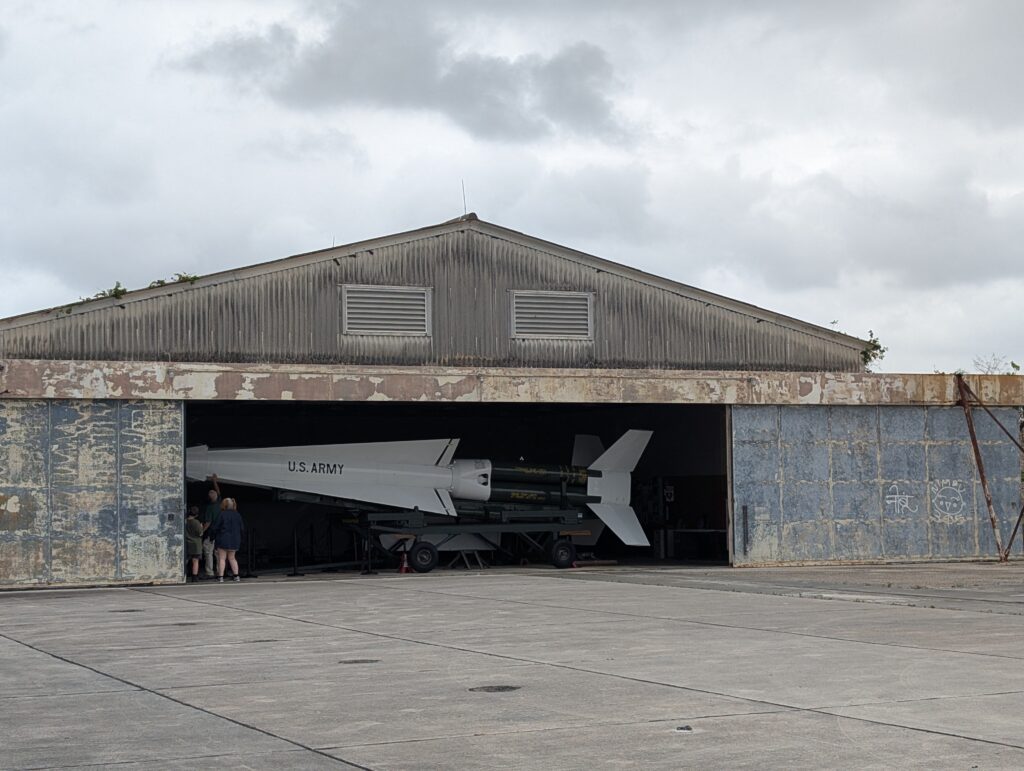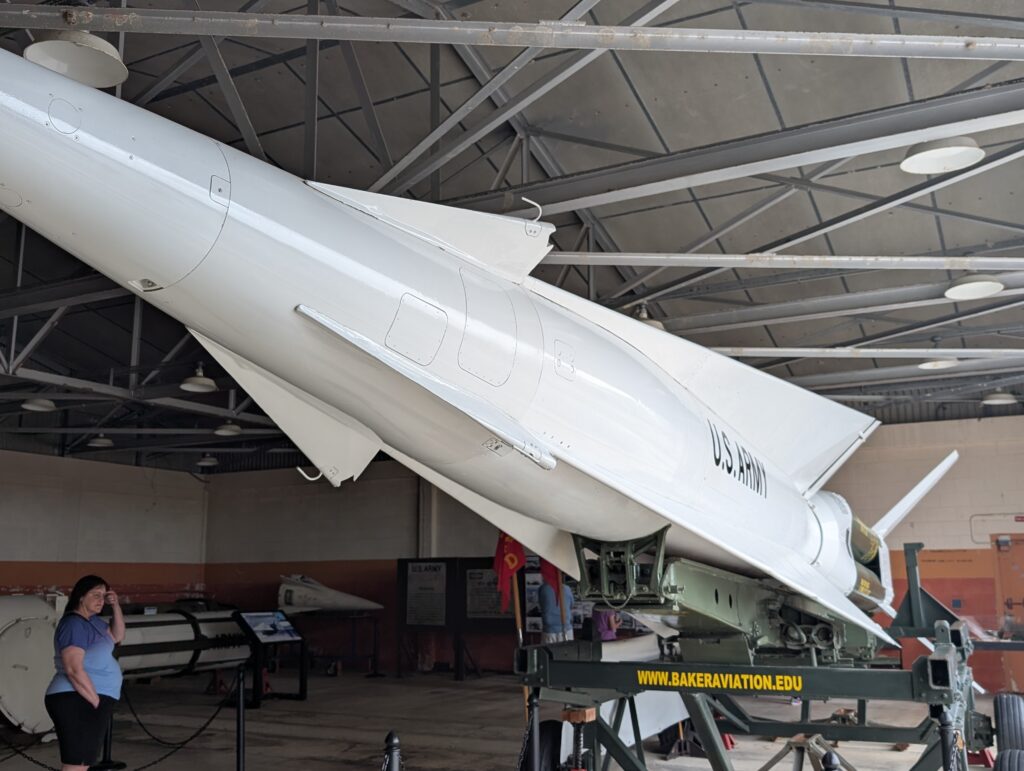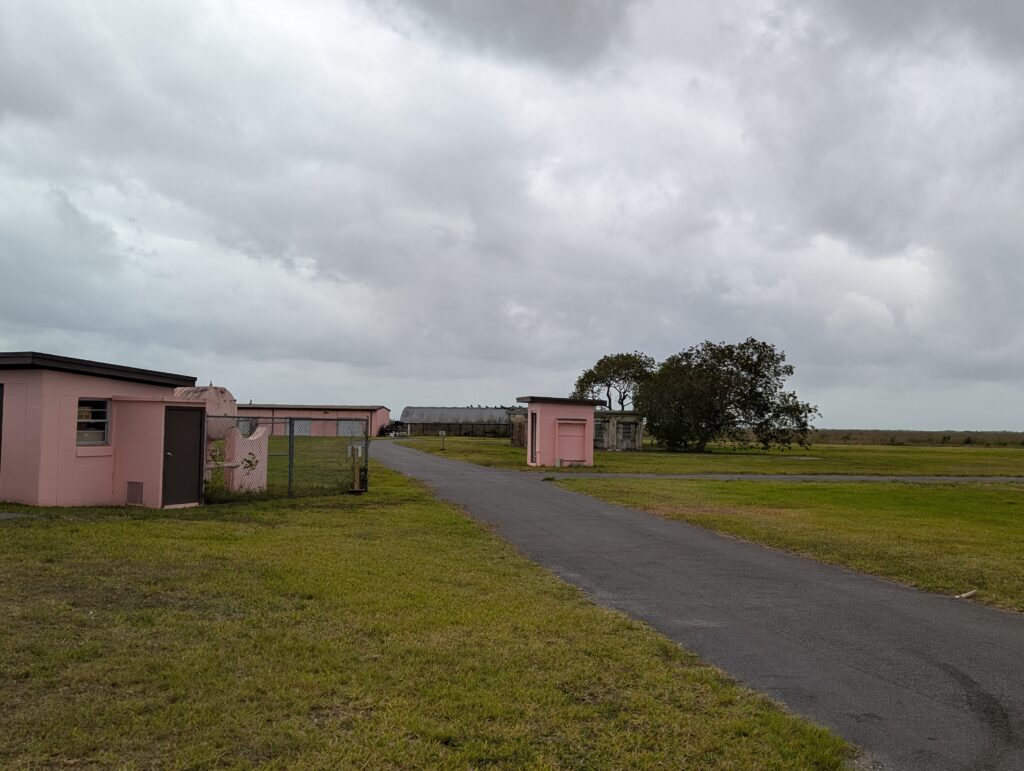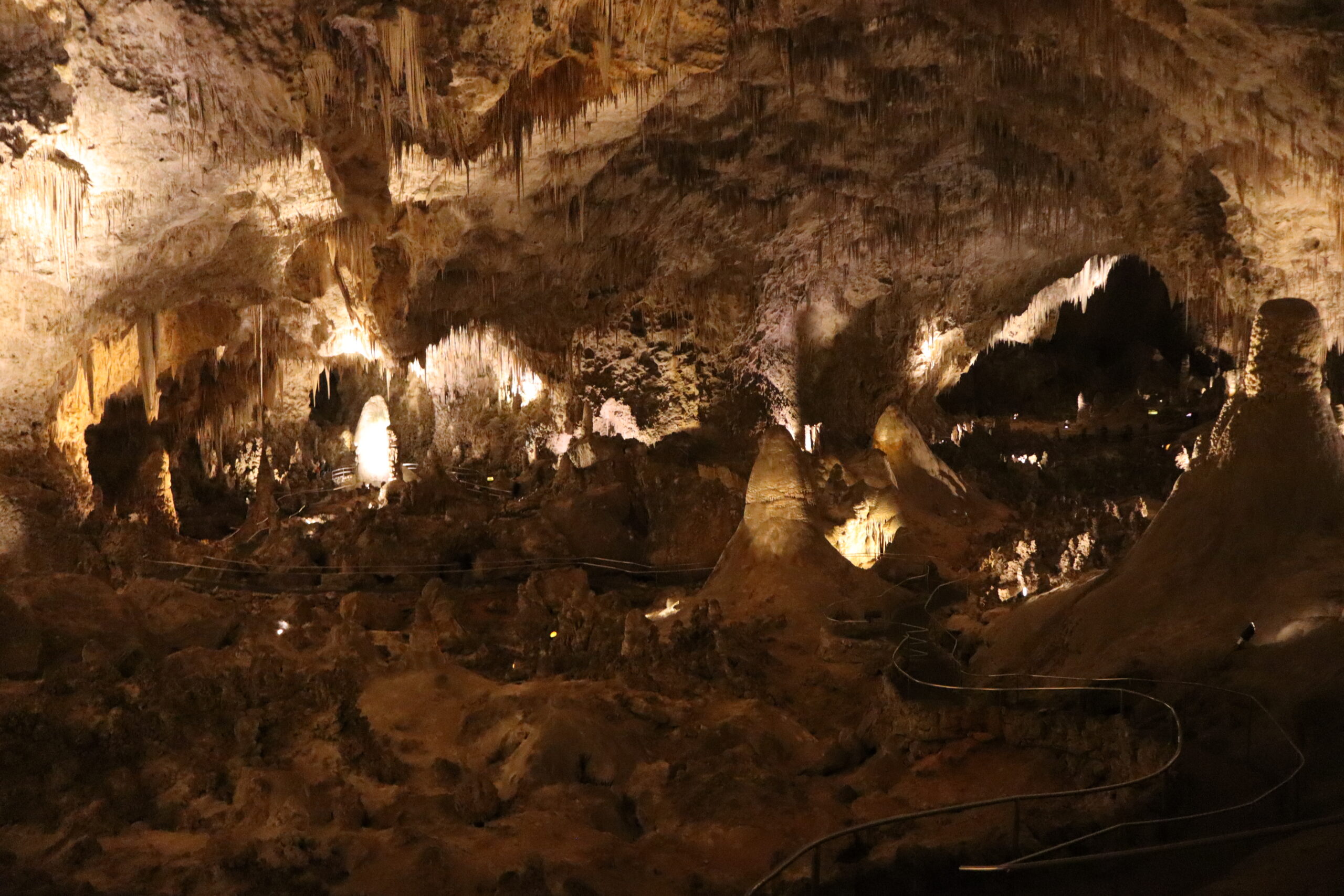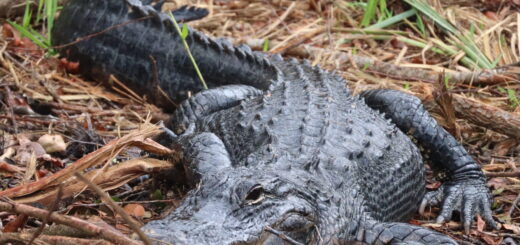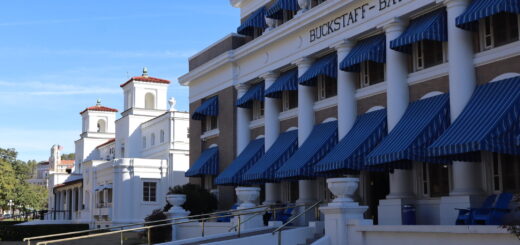Everglades National Park
Established in 1947 by President Truman, Everglades National Park was created to protect a unique ecosystem is southern Florida. The Native Americans who first inhabited this land understood the importance of this sensitive wetlands, while early Europeans saw it as a worthless swamp. They wagged war on the swamp building dams, floodgates, canals, levees, and roads to divert the precious freshwater from the Everglades to reclaim the land for development and farming. Today’s Everglades National Park is the third largest national park in the continental United States (1.5 million acres), but only protects 20% of the original wetlands on the southern tip of Florida.
There are six distinct ecosystems in Everglades National Park. Marine and estuarine waters extend from the Ten Thousand Islands to Florida Bay. The seagrass beds beneath the surface provide critical food and shelter for marine life such as the manatee. Mangroves are in the coastal channels and winding rivers where fresh and salt water intermingle. These forests stabilize coastal lands, especially during hurricanes, and provide a nursery for marine life as well as nesting area for wading birds. The iconic ecosystem of the Everglades is the freshwater marsh with its wide, shallow, slow-moving river of grass. Two sloughs, Shark River and Taylor, are the main avenues for freshwater flow through the marsh.
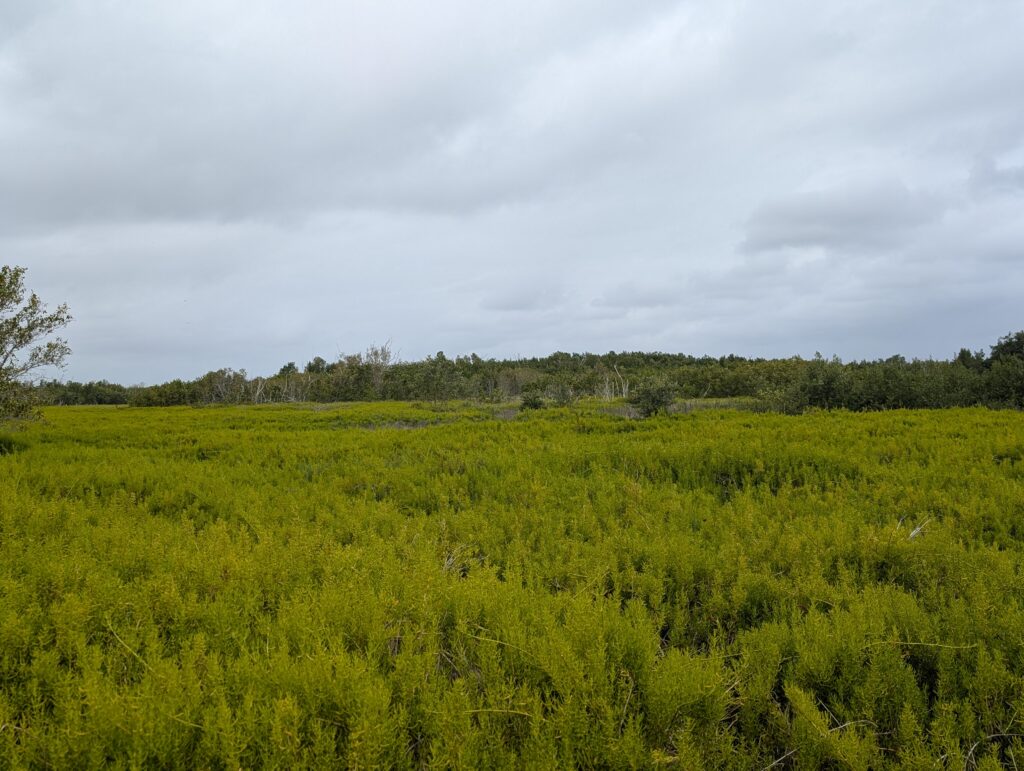
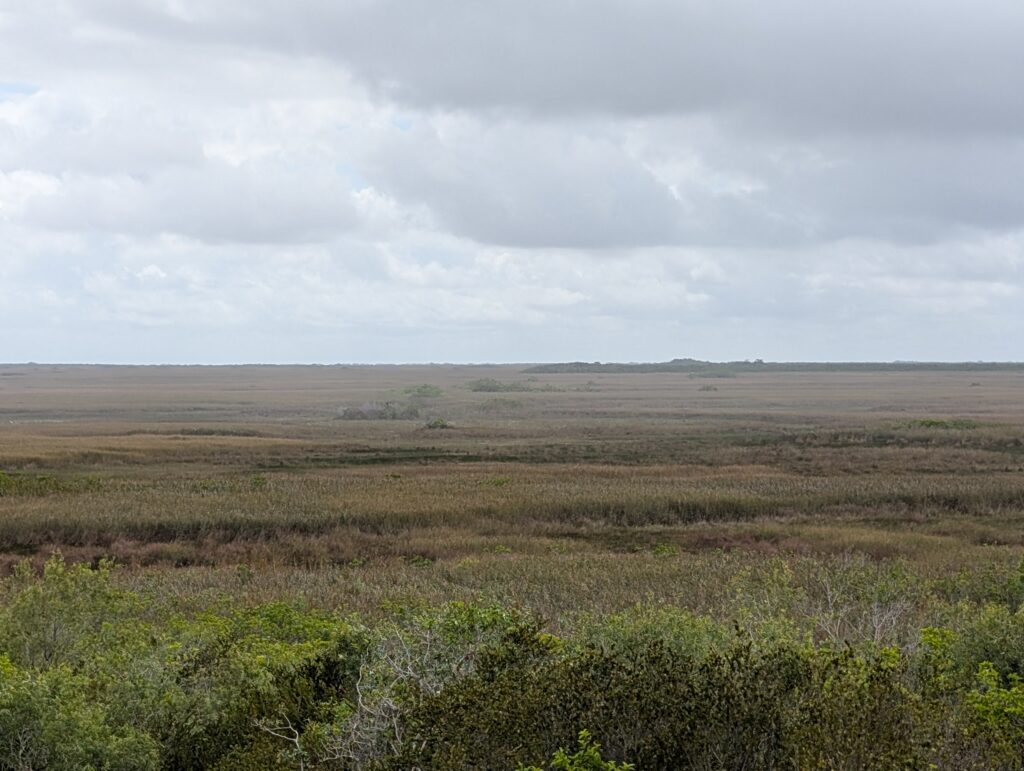



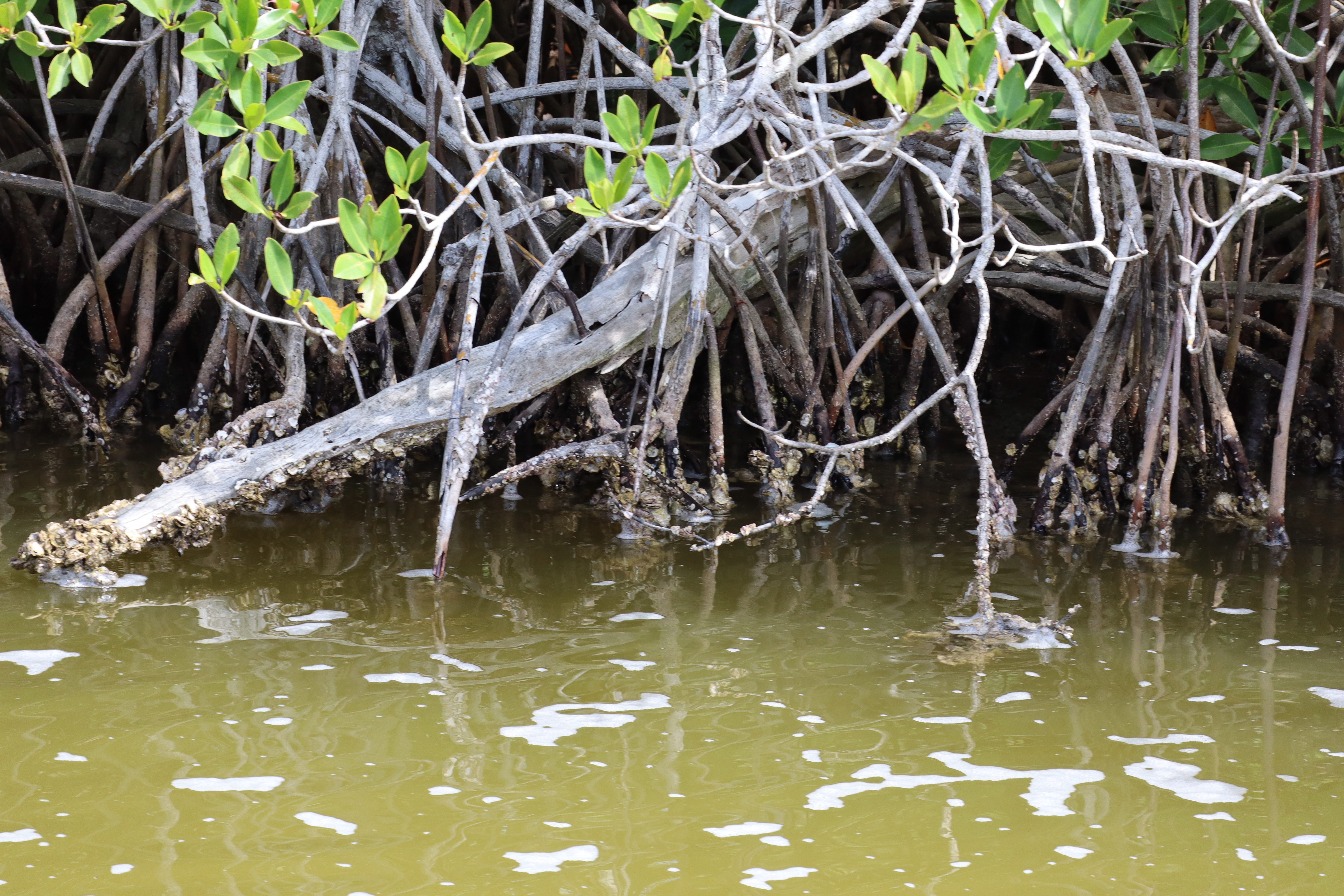
Cypress trees thrive in the flooded conditions of the Everglades and can live as long as 600 years. The landscape is dotted with clusters of cypress trees called domes where taller mature trees grow in the center where the water is deepened by alligators digging ponds. The rarest of the Everglades ecosystems is the pine rockland which requires a higher elevation above the flood plain on limestone ridges. It includes a slash pine forest and over 200 varieties of tropical plants. The final ecosystem is the tropical hardwood hammocks which are dense forests that grow on slightly higher ground that rarely flood. Tropical mahogany and gumbo-limbo dominate these hammocks (patches of elevated ground) and are usually protected from wildfires by a natural moat.
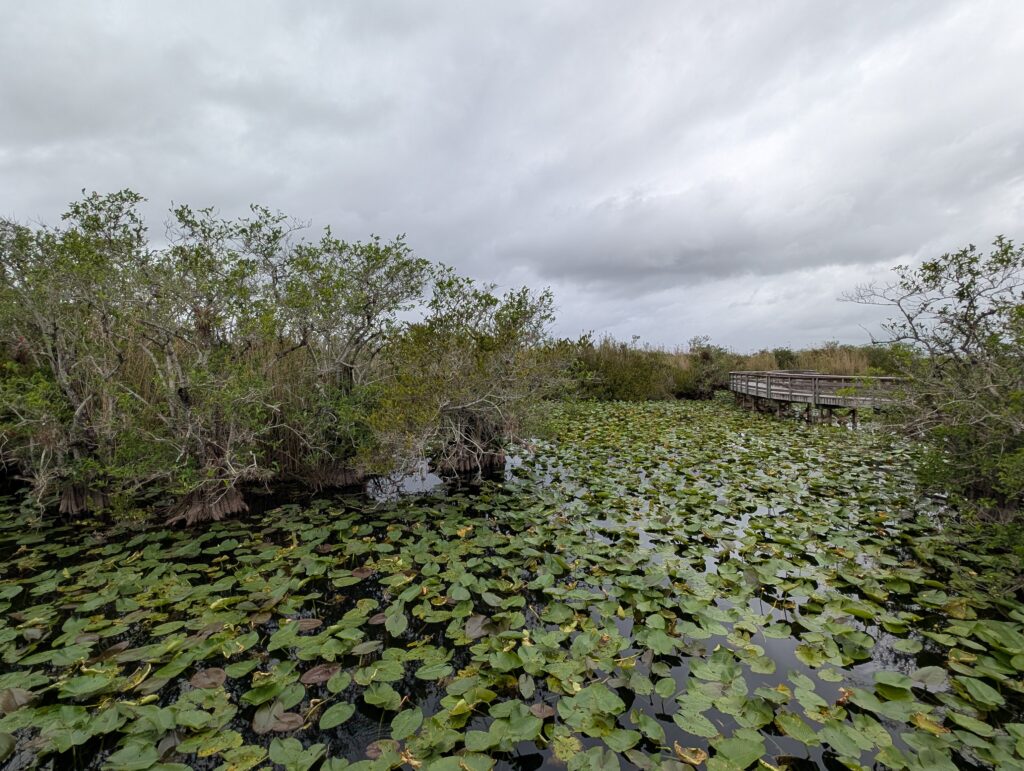
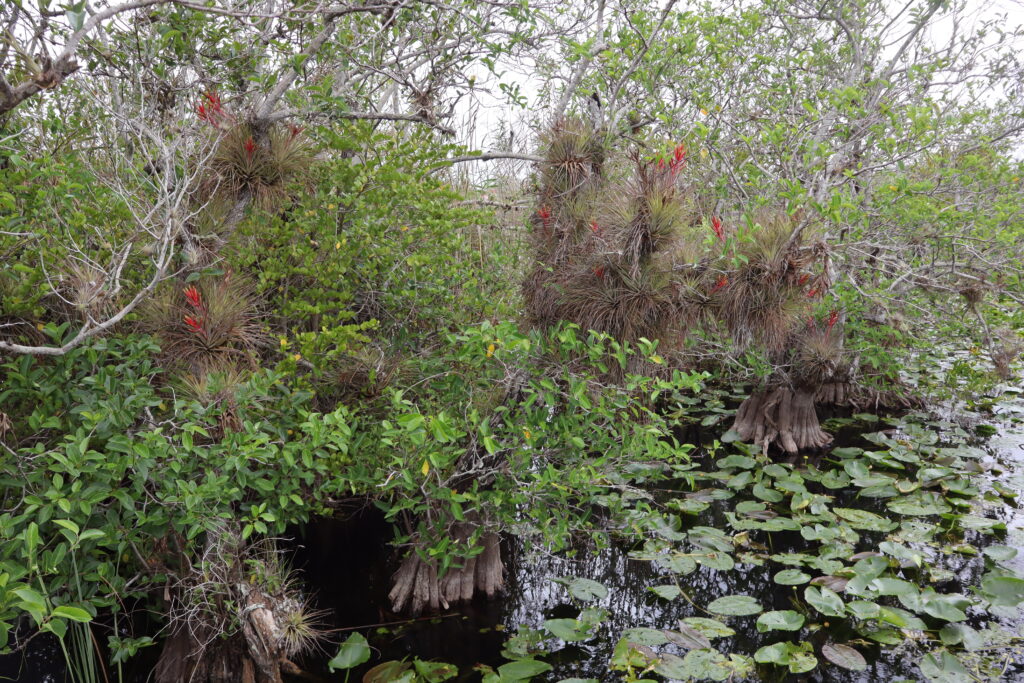
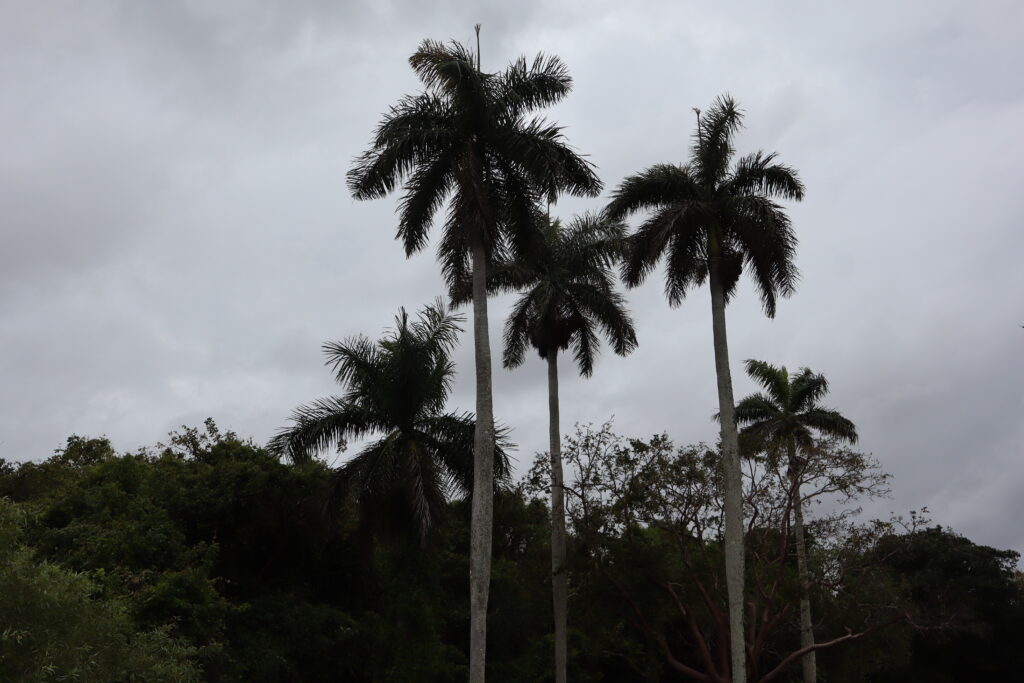
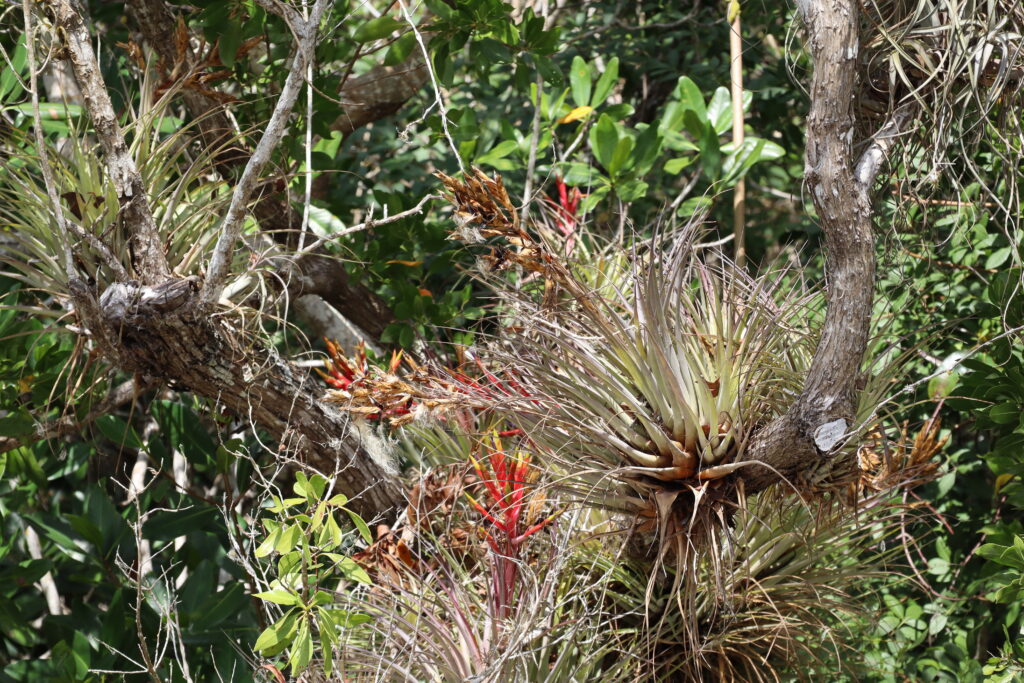
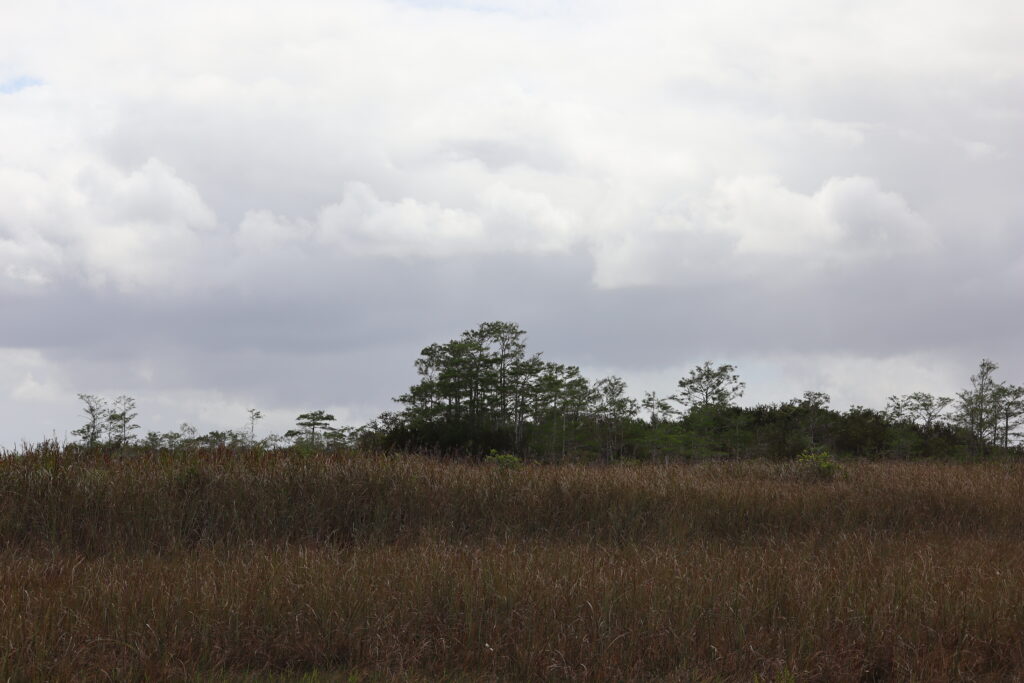
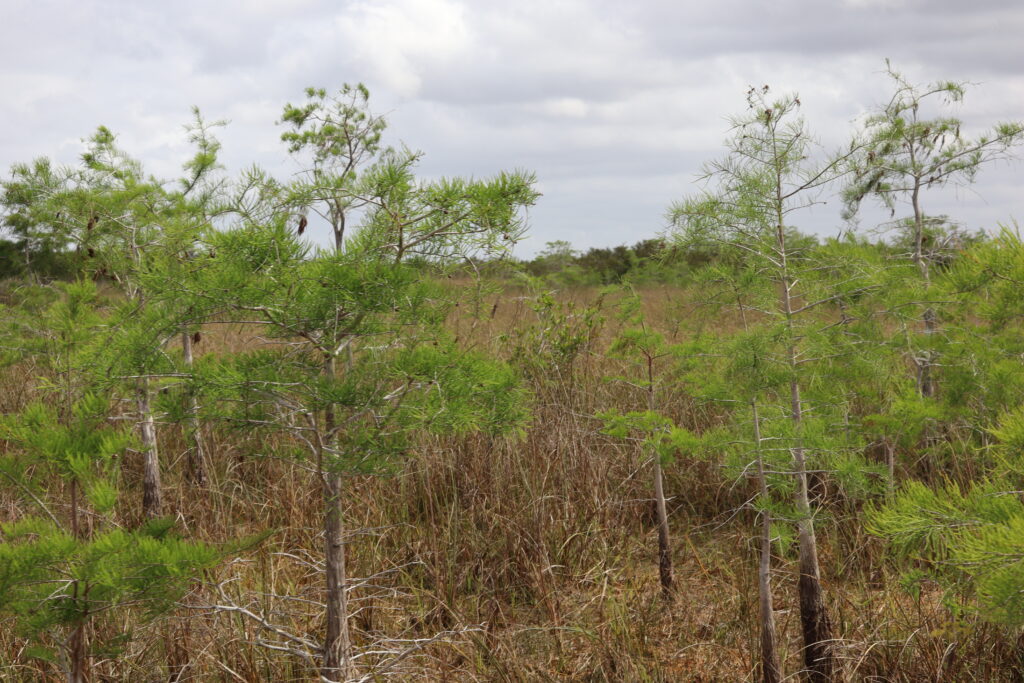
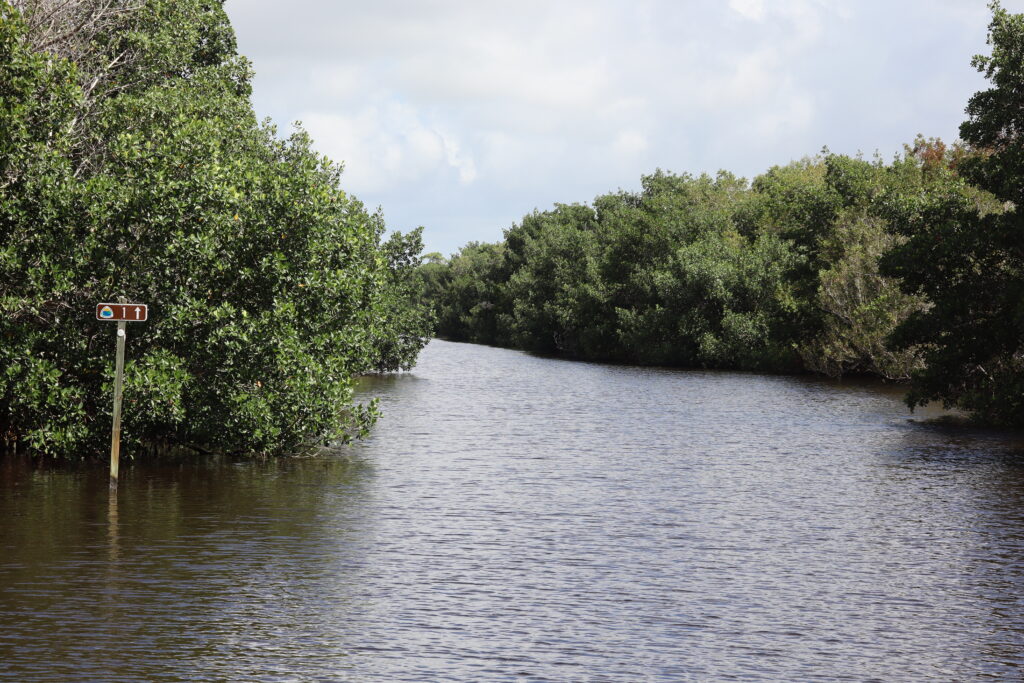
Although Everglades National Park is a huge park, there is only one major road through the park due to the flooded wetlands for part of the year. The Ernest F. Coe Visitor Center is located on the east side of the park in Homestead and this is where the 38-mile road begins and traverses southwest through the wetlands to the coastal Flamingo area on Florida Bay. This is where there is a marina for access to the coastal waters, lodging, and the only drive-in campground in the national park: I stayed here at Flamingo campground. Along the main road there are numerous opportunities to explore the park with trails, both foot and paddling, and interpretive areas like Royal Palms which is very nice and a great place to spot gators and birds. On the northern border of the park along US-41 is the Shark Valley Visitor Center which has a 15-mile paved loop out into the freshwater marsh that can be explored by bicycle or on a guided tram tour. I took the tram tour which was a great way to experience the marsh and see wildlife like alligators, turtles, and birds: the kids on the tour counted 86 alligators spotted.

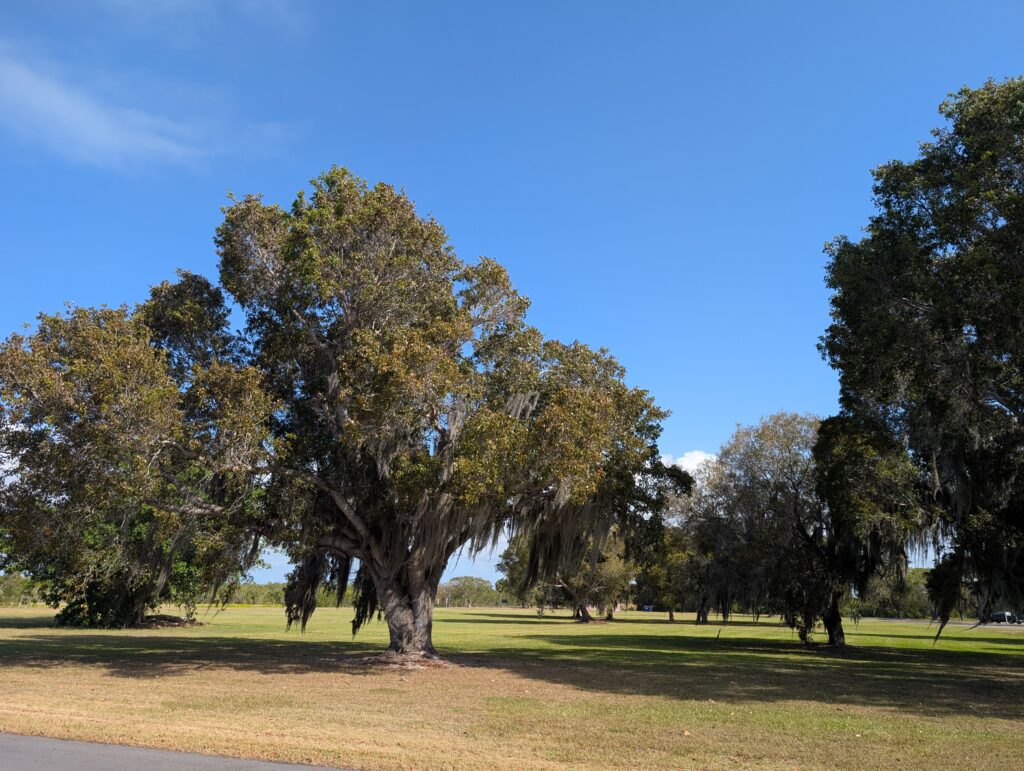
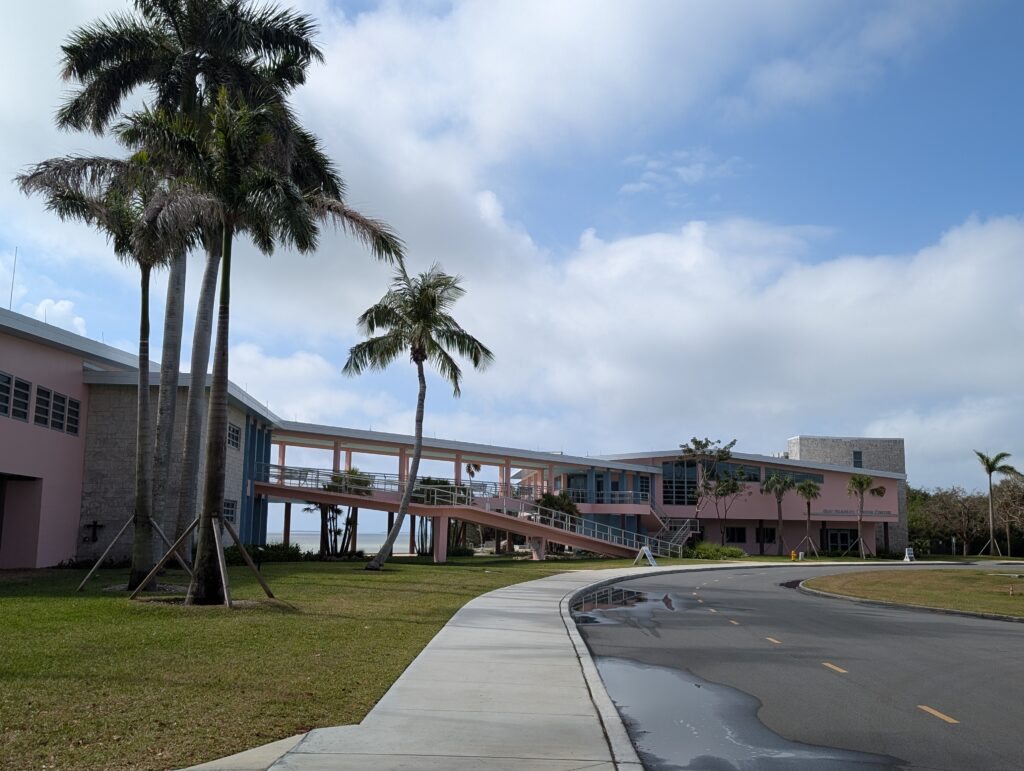
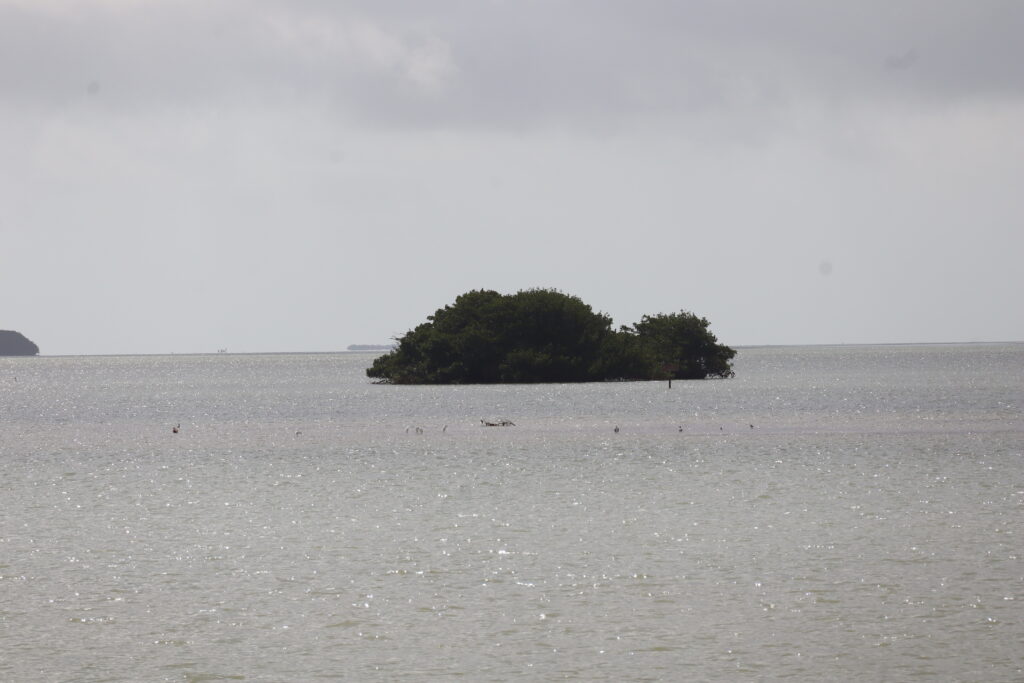
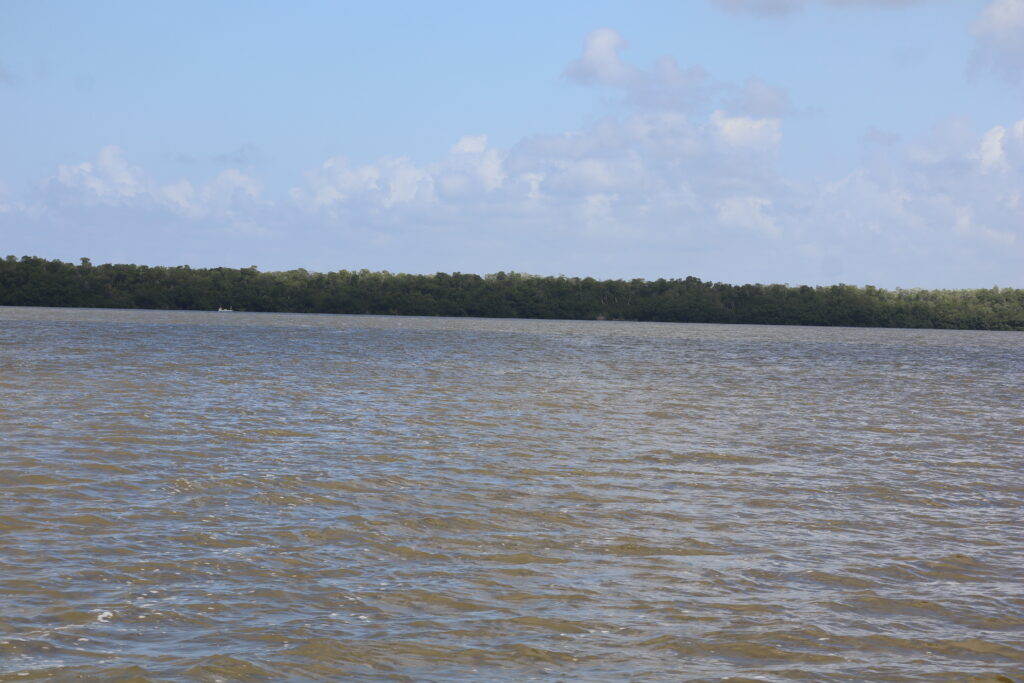
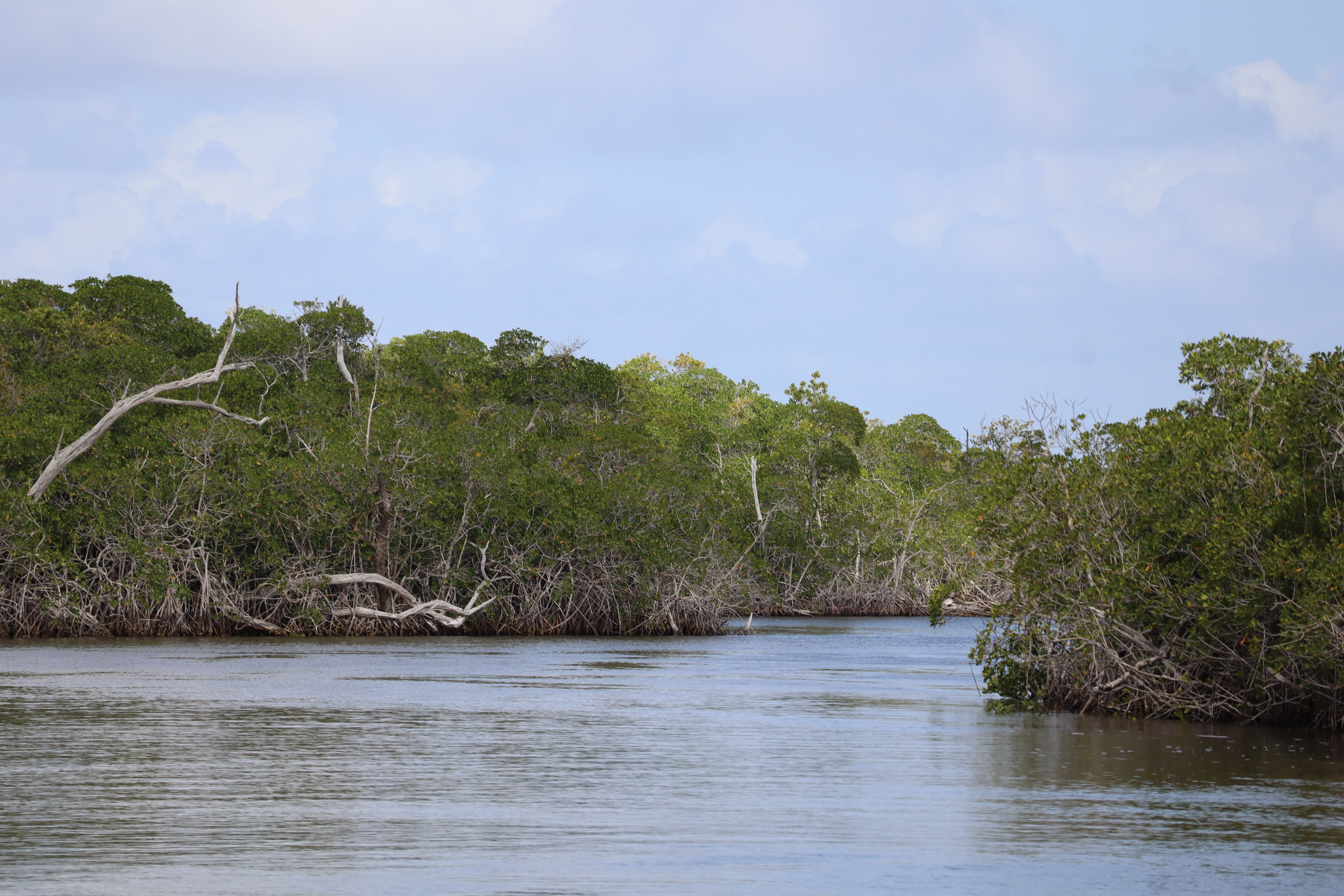
There are really only two seasons in the Everglades: wet and dry. The dry season runs from November to April and this is when most of the one million annual visitors come to the park. During the dry season, there is some relief from the oppressive heat of South Florida and the mosquitos aren’t as bad. Another benefit of the dry season is spotting wildlife is easier because alligators have fewer bodies of water to hide in and need to sunbath more to regulate their body temperature. The wet season coincides with hurricane seasons, May to October, and the Everglades receives most of its annual 62 inches of rain during this time. The humidity and mosquitos can be intolerable during the wet season which is why most people avoid the park during this time.
Everglades National Park is home to a wide diversity of wildlife. Wading birds are numerous with the great blue heron and great egret being a common sight in the wetlands. Ospreys aren’t the only raptor in the park, but they are the most common. There are 26 species of snakes in the Everglades, four venomous, but the non-native Burmese python is the biggest and has decimated the mammal population in the park. The Florida panther is native to the Everglades, but sightings are extremely rare with only 200 individuals remaining in the wild. The fresh waterways of the Everglades are abundant with fish like the Florida gar and largemouth bass. In the costal waters of the Florida Bay, sport fishing is a popular activity where tarpon, snapper, and grouper are present in large numbers. Also present in the estuaries and marinas of the Everglades are manatee which are a large, aquatic mammals that feeds on seagrass.

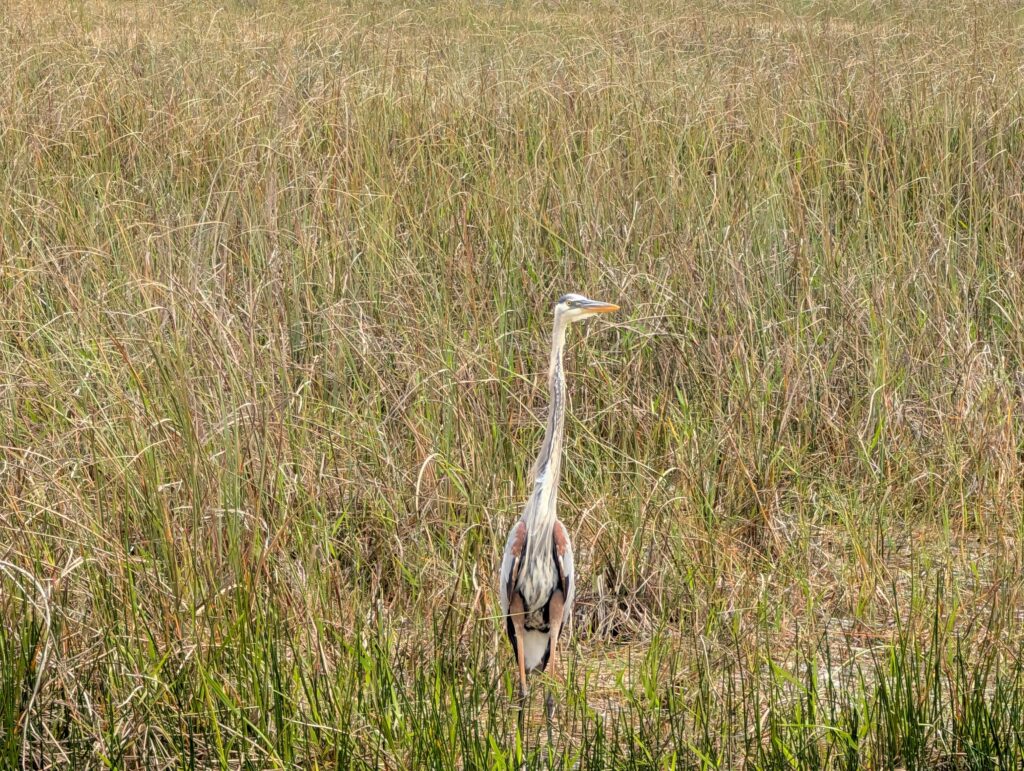
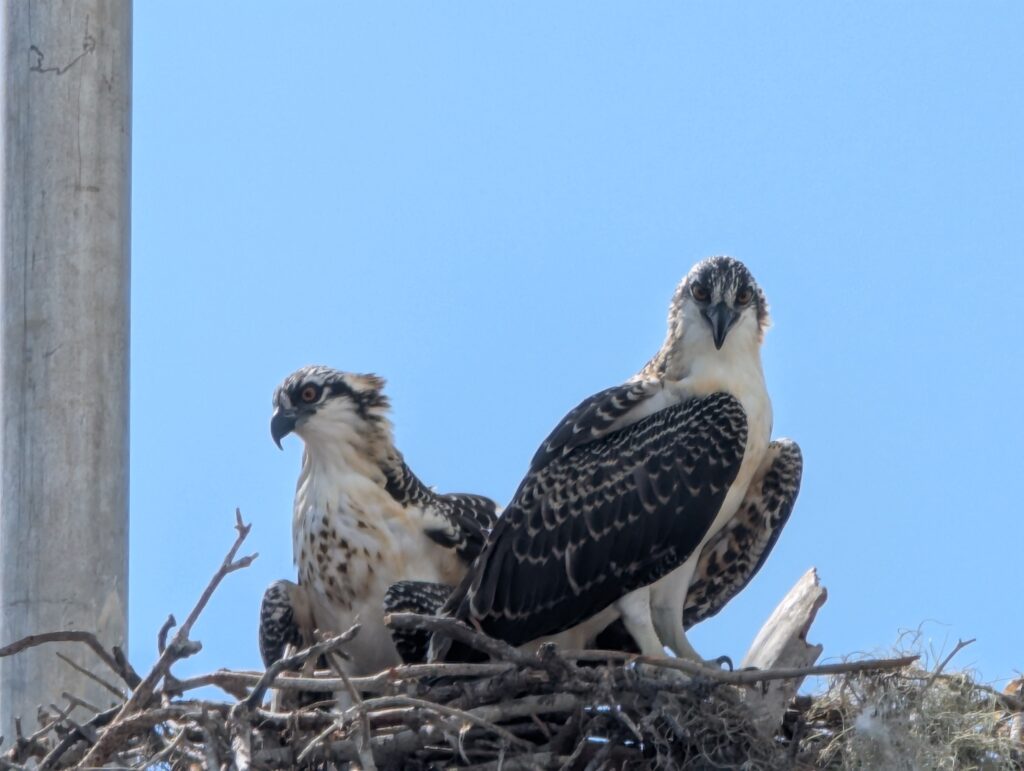
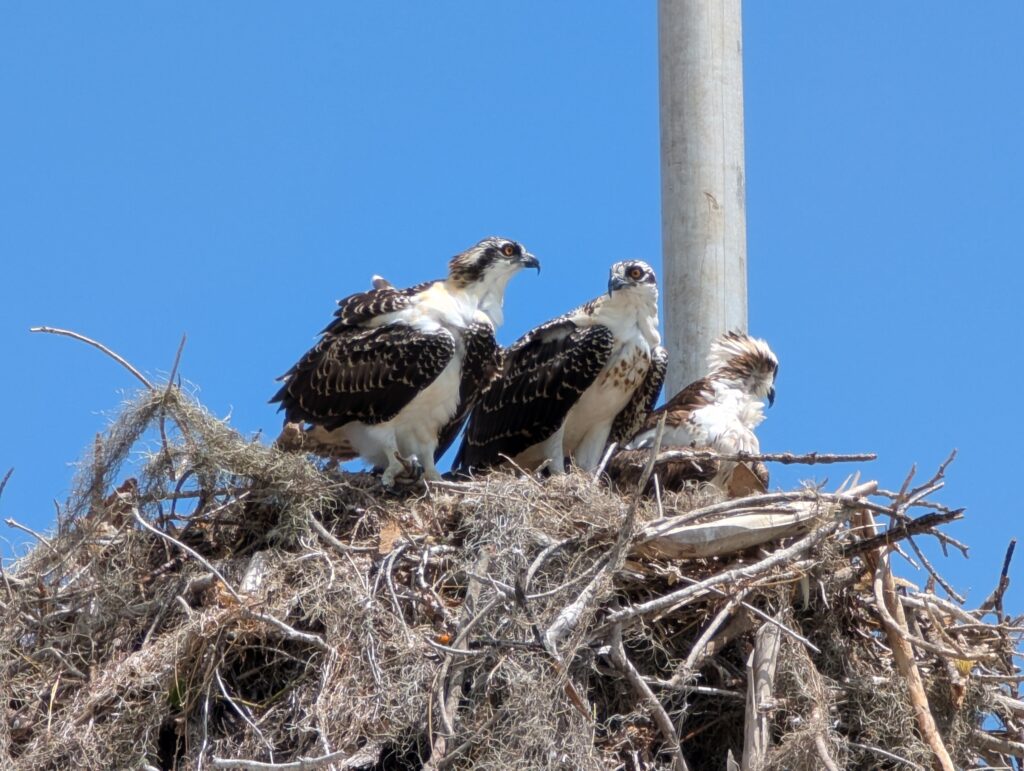
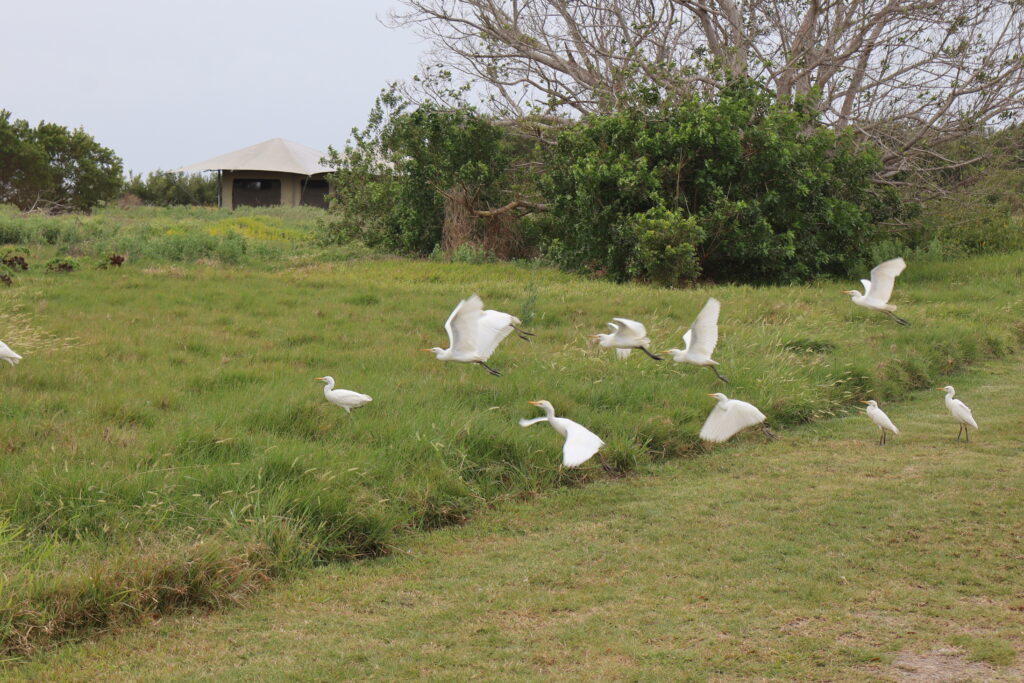
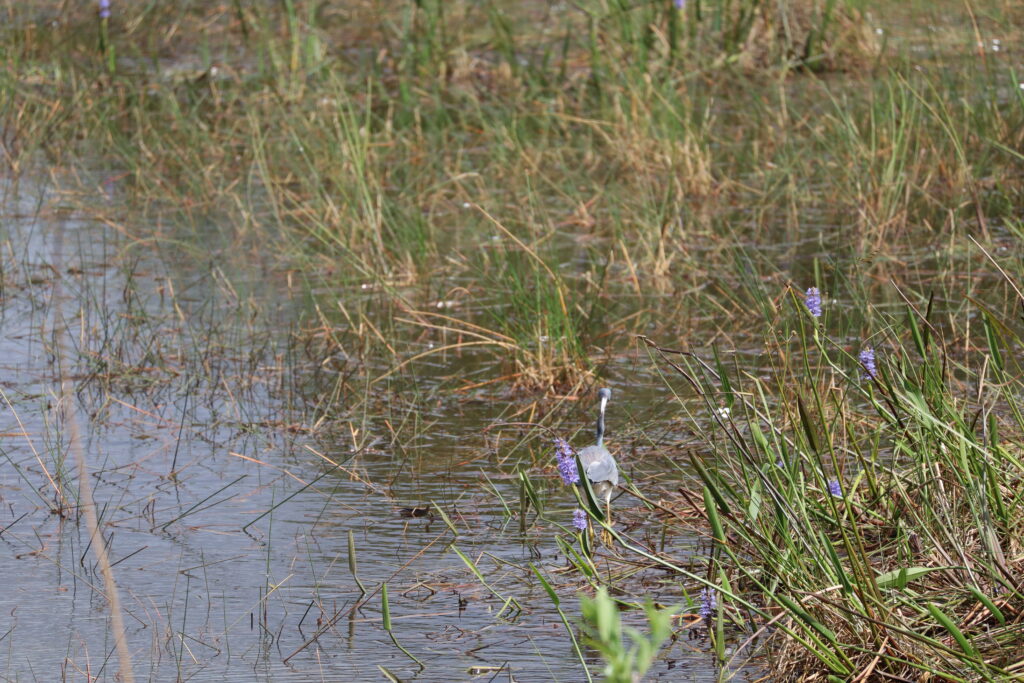
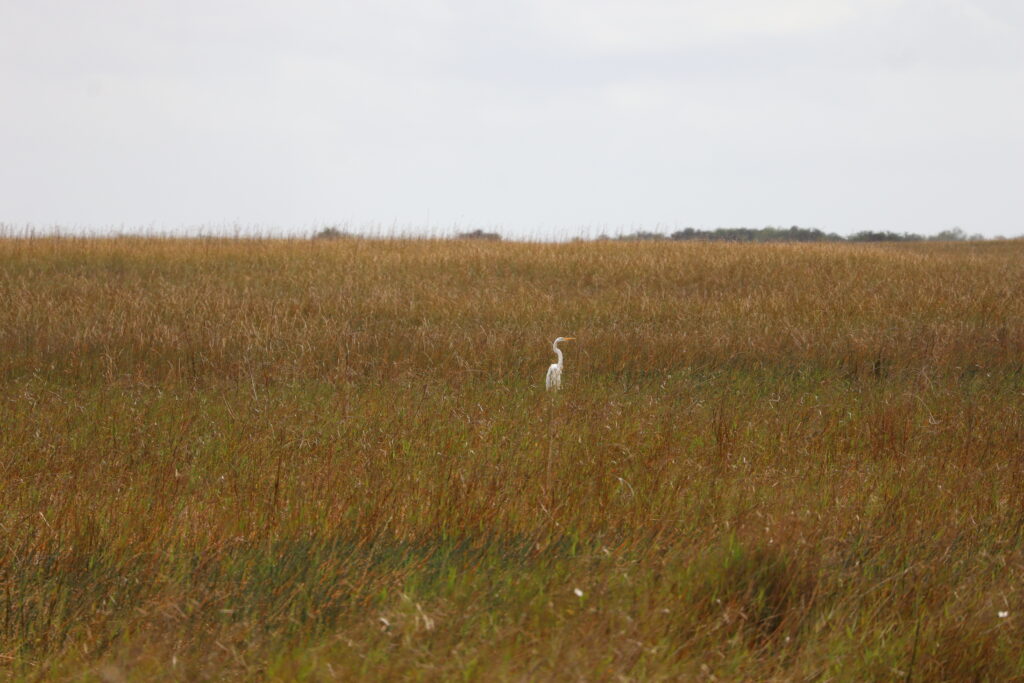

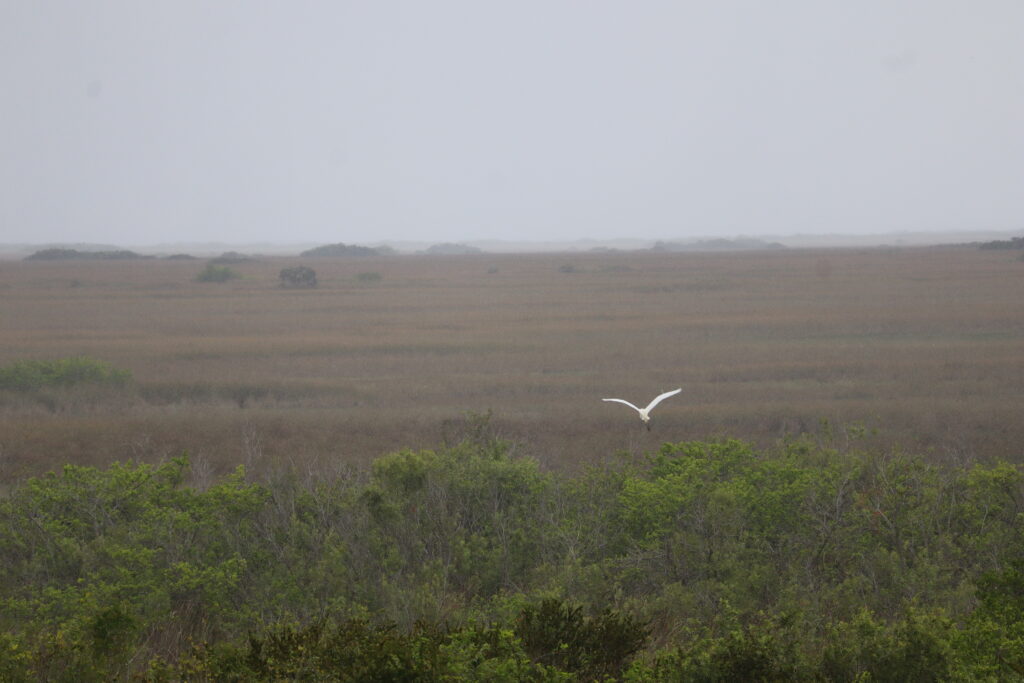
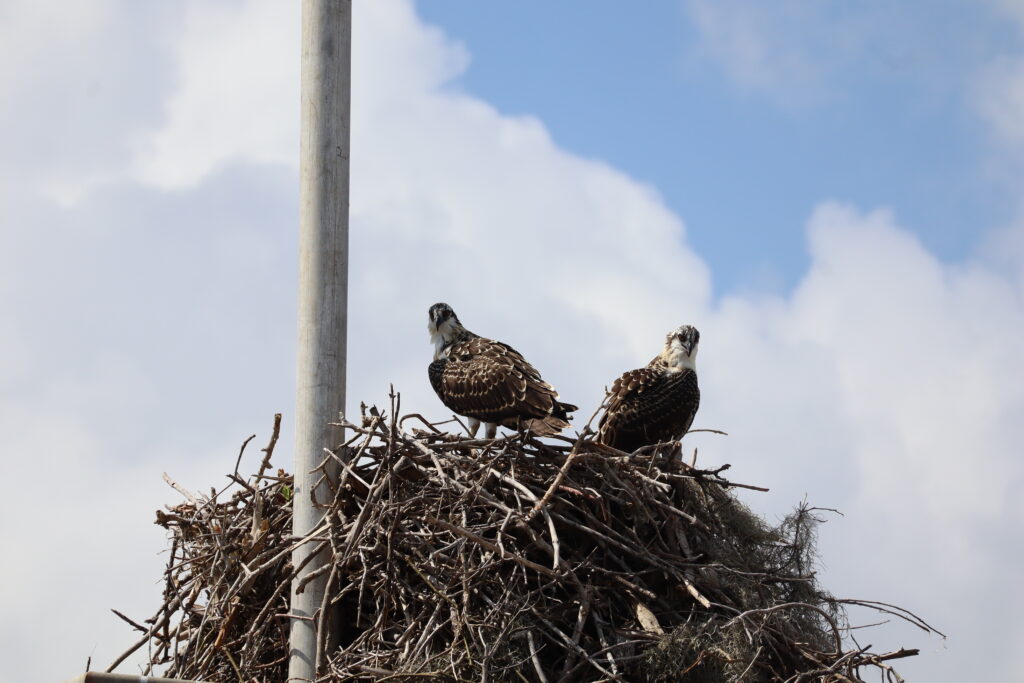
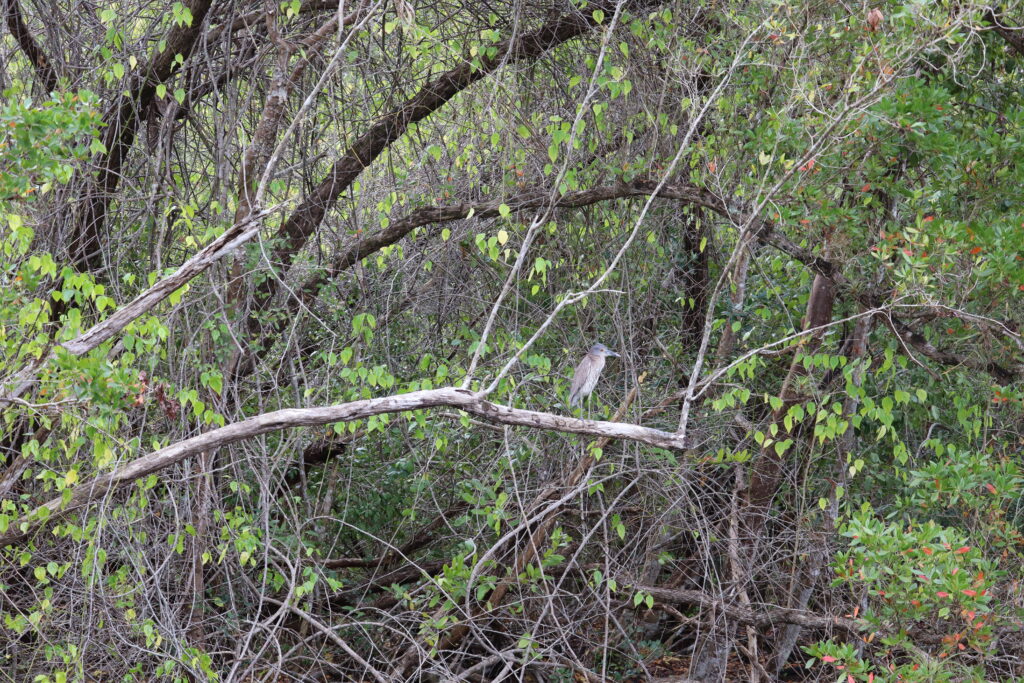


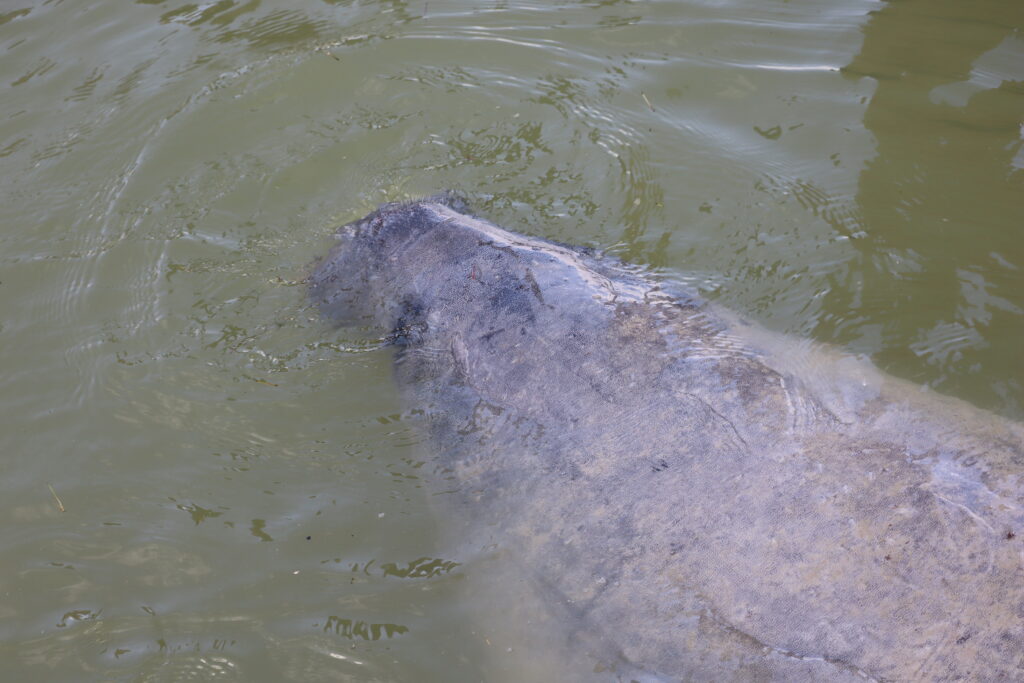
However, the most iconic animal in the Everglades is the American alligator. These large, aquatic reptiles thrive in the Everglade’s wetlands where there are estimated to be about 200,000 individuals. Contrary to their popular characterization, alligators are black, not green, for it helps them absorb the sun’s rays to maintain their body temperature. Female alligators can grow up to 10 feet in length, while male alligators reach typical lengths of 14 feet. Alligators mate at the end of the dry season and the female lays her clutch of 38 eggs in a nest covered with vegetation which serves to regulate the temperature. When the hatchlings emerge about 68 days later, the mom transports them to water and keeps a watchful eye out for them during the first year of life when they are most vulnerable to being lost to predators which includes fish eating birds and other alligators.
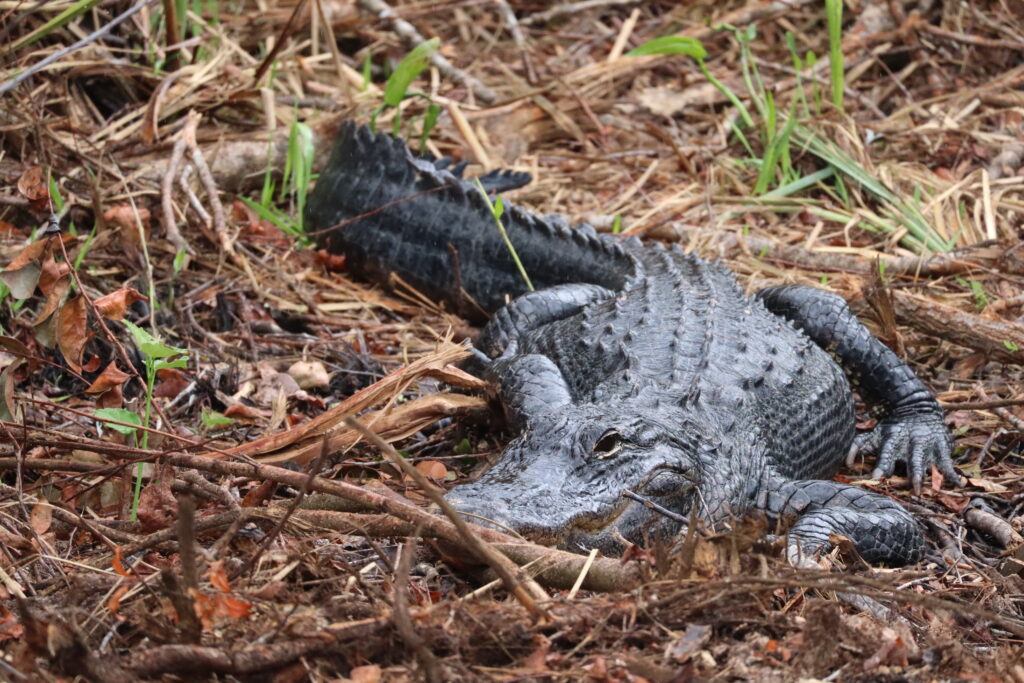
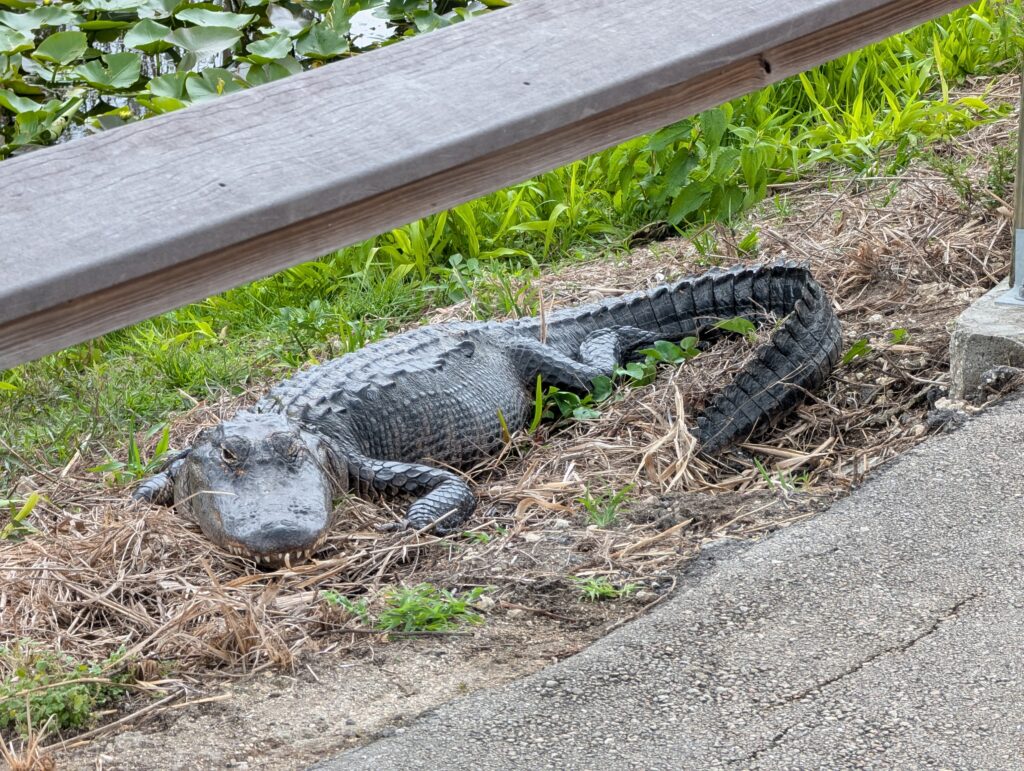
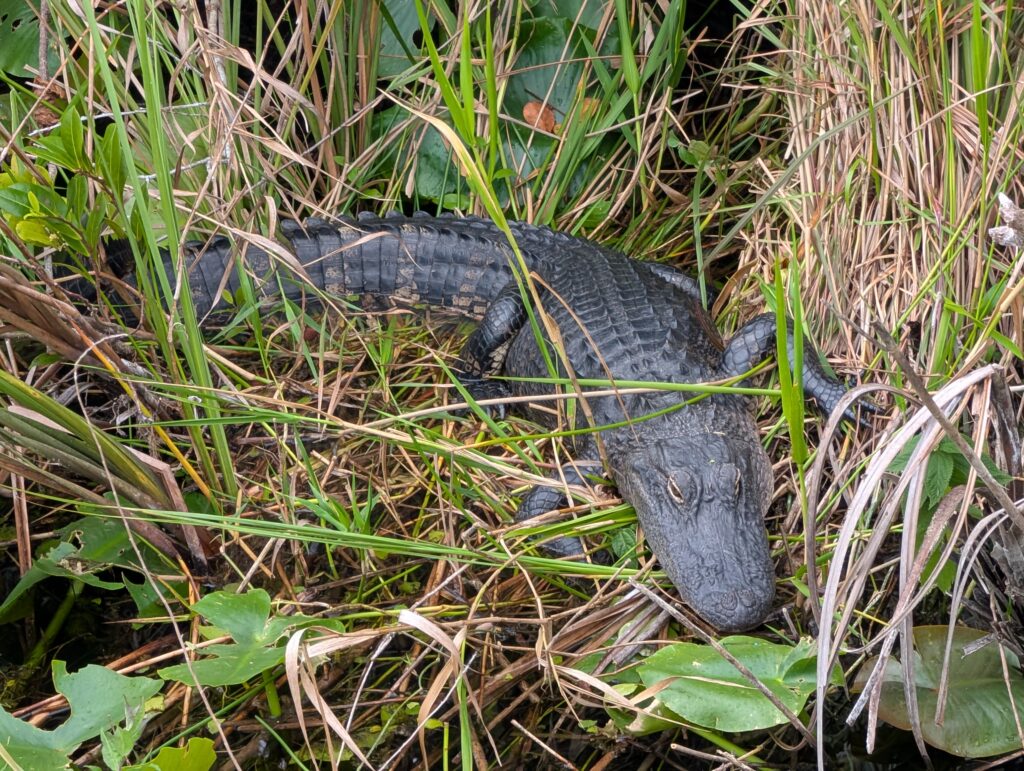

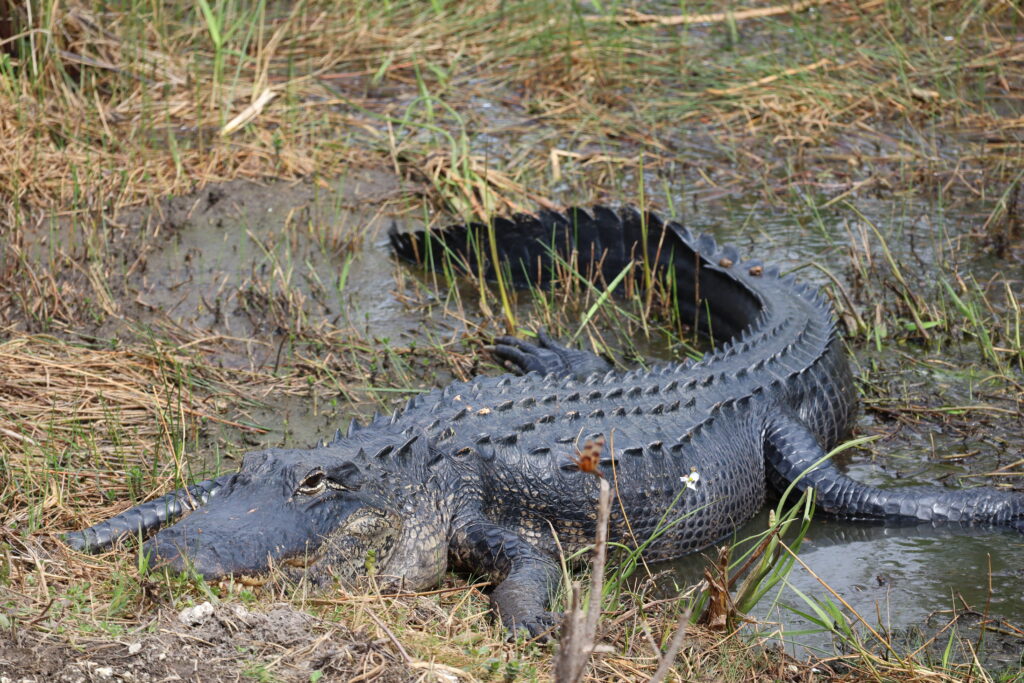
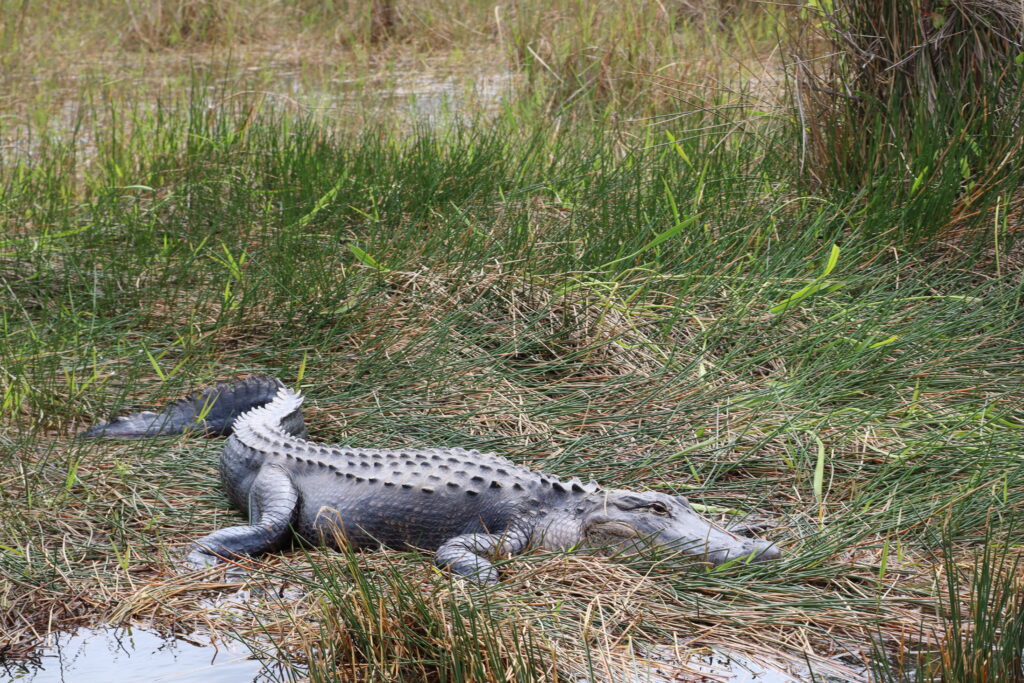
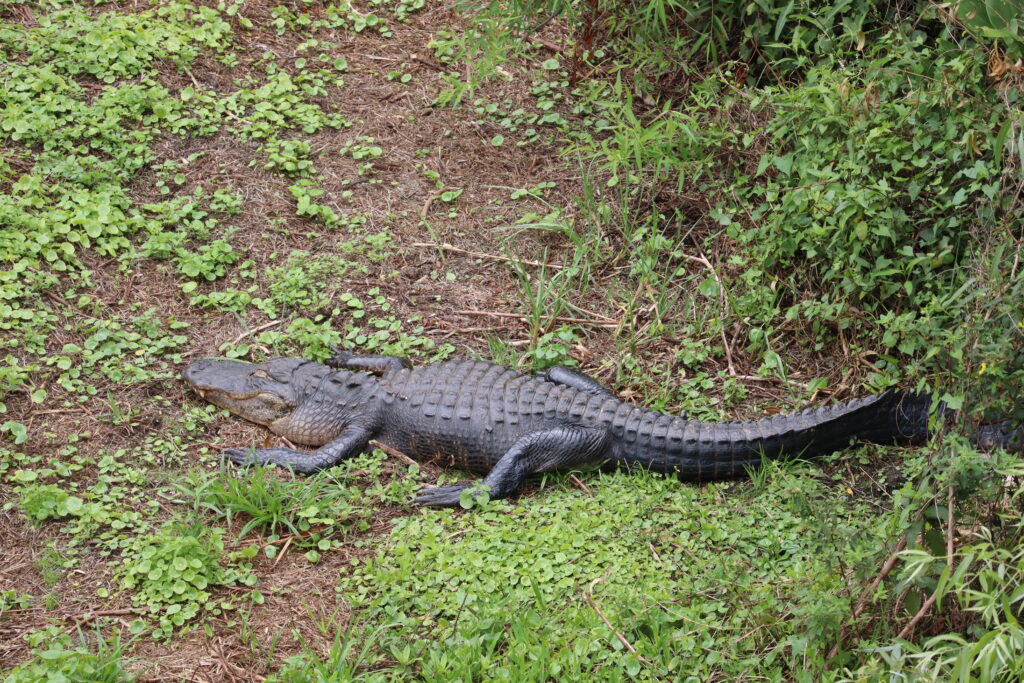

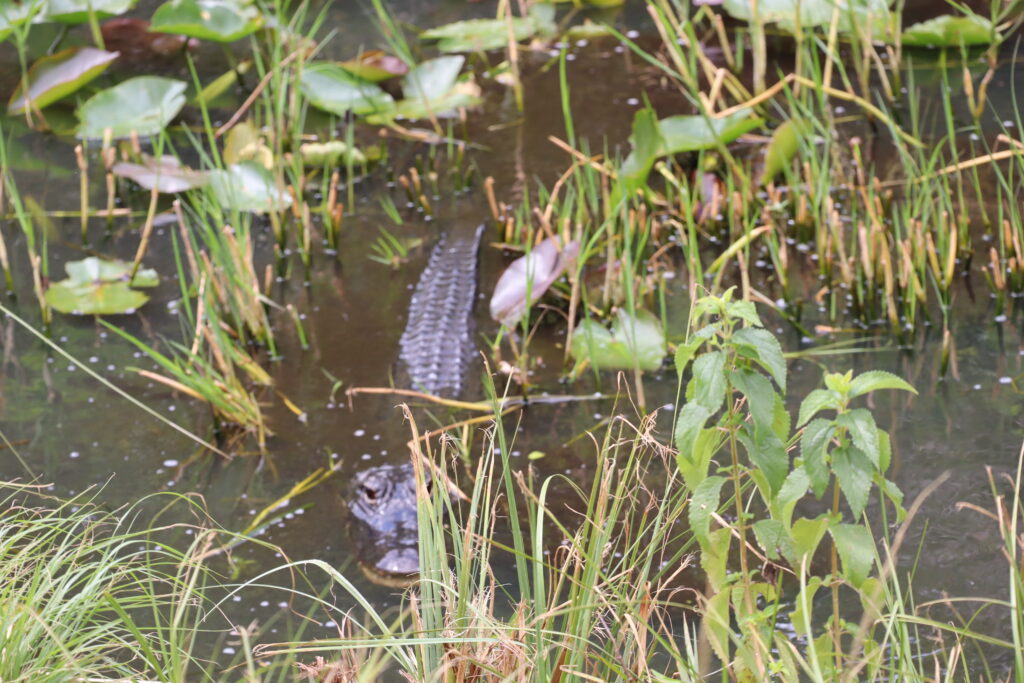
The Everglades is the only place on Earth where alligator and crocodile habitats overlap, and you will find both in the national park. The American crocodile is a smaller cousin to the Nile crocodile of Africa and the saltwater crocodile found in Australia. Like all crocodiles, they live in an estuary habitat where fresh and saltwater combine feeding on fish, turtles, small mammals, and the occasional bird. While the American alligator has a blunt snout and only the upper teeth are exposed when mouth shut, the American crocodile is identified with its pointed snout and both upper and lower rows of teeth exposed. The Everglades is unique because the northern range of the crocs overlaps with the southern range of the gators. In the wetlands of Shark River Slough in the northern part of the park, I was treated to witnessing one of two crocodiles that swims amongst their alligator cousins.
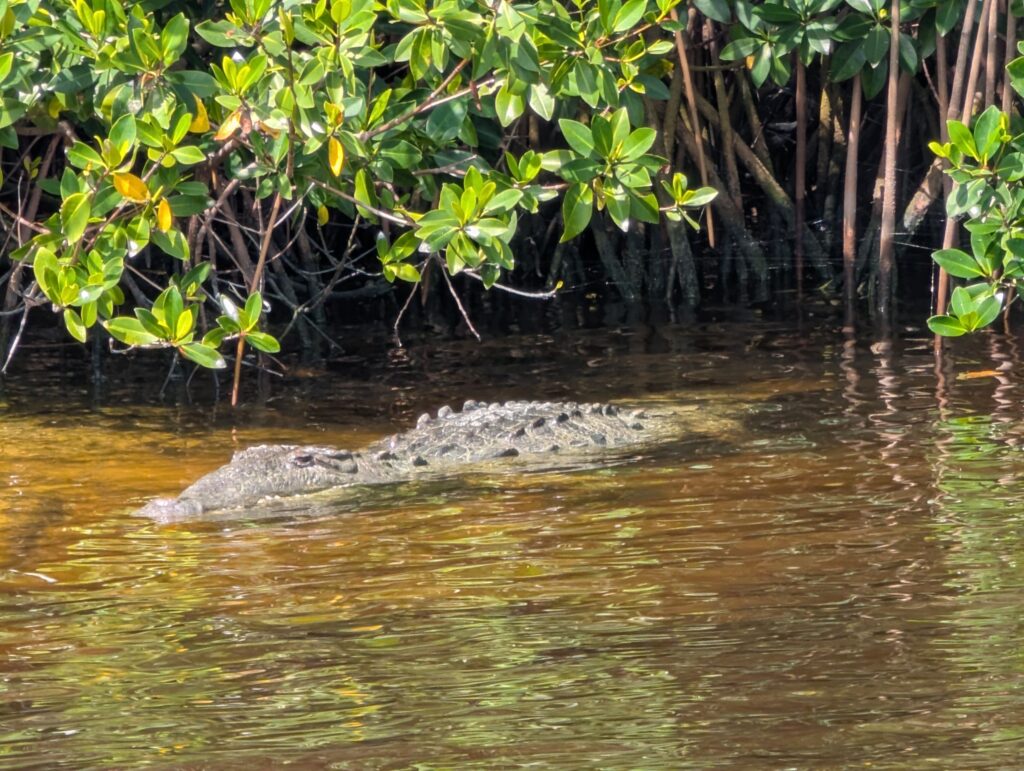
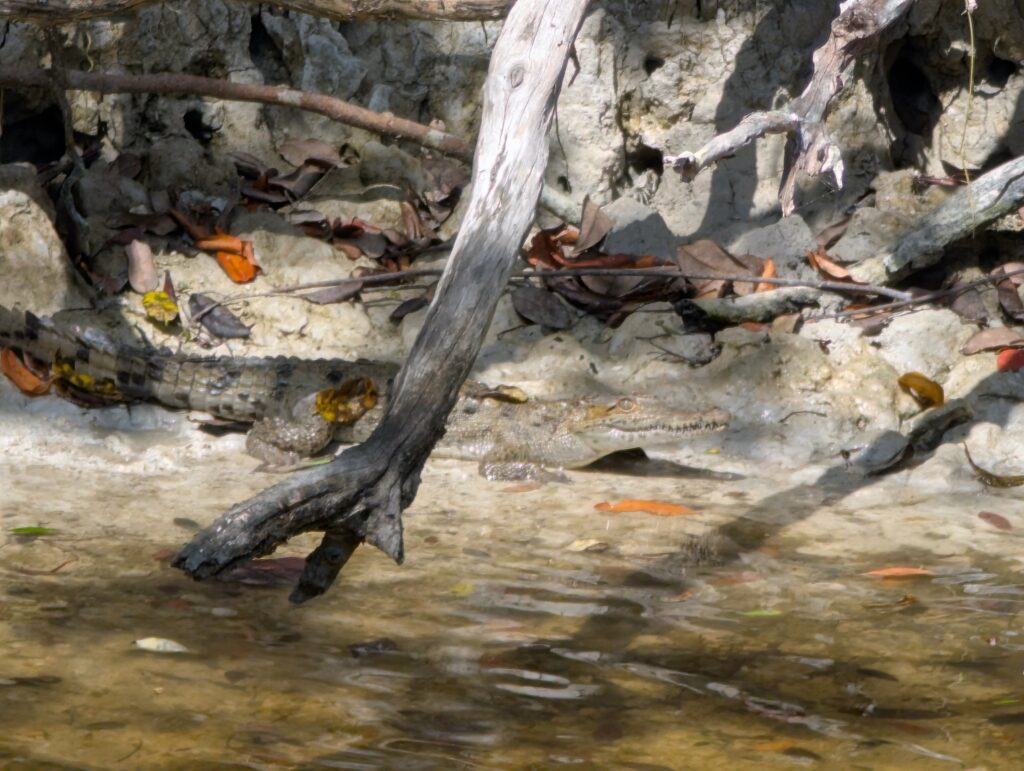
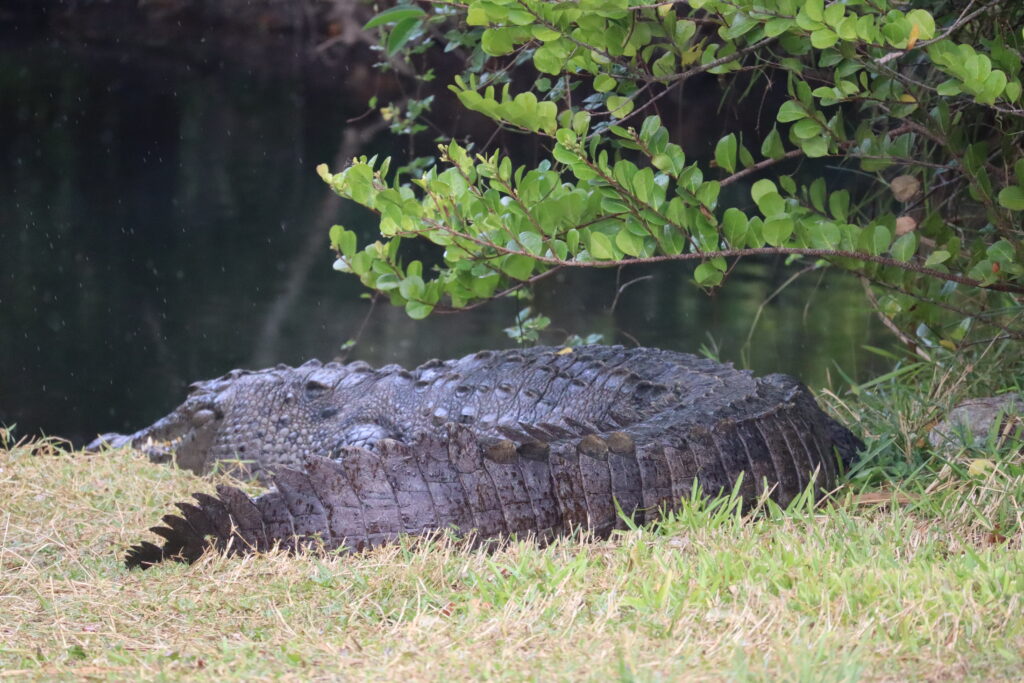

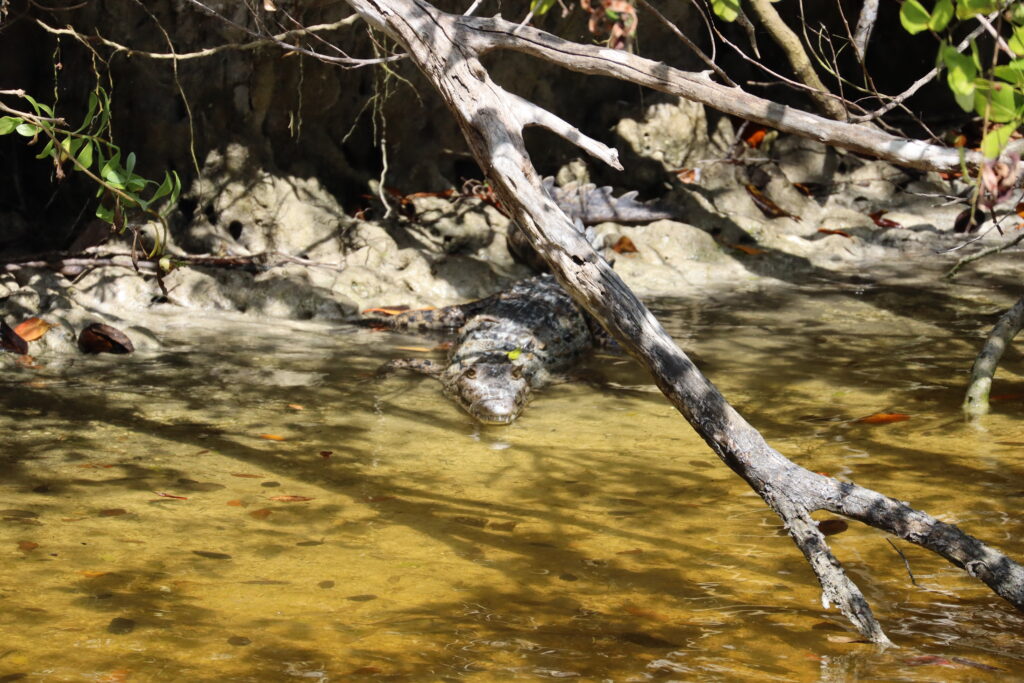
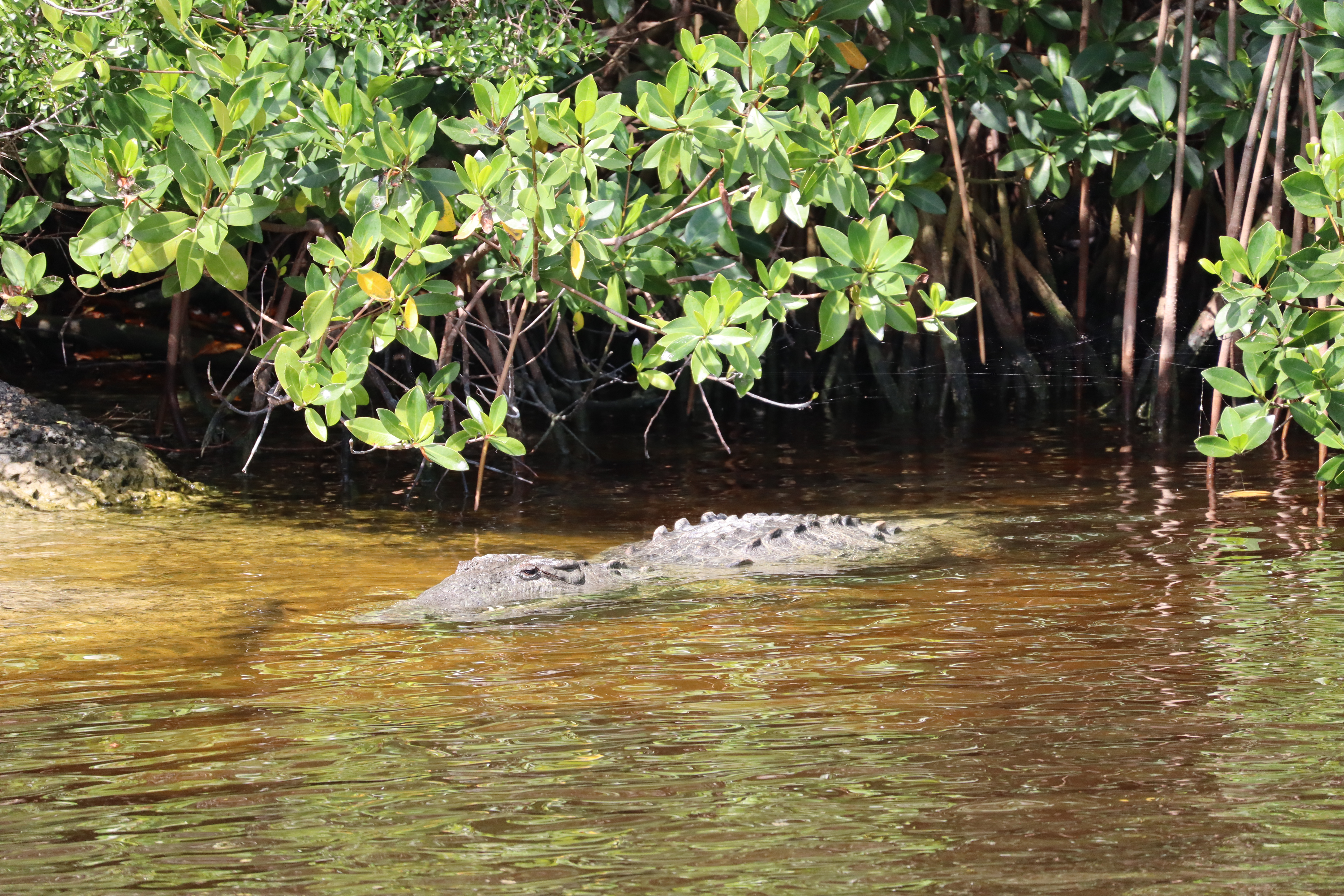
On October 14, 1962, an American U2 spy plane flying a reconnaissance mission photographed Soviet missile sites in Cuba. The next day President Kennedy was informed of the presence of the missiles capable of delivering nuclear warheads to major American cities in just minutes. He responded to the Cuban Missile Crisis with a naval blockade of Cuba and beefing up the air defenses of south Florida. In late October 1962 the U.S. Army’s 2nd Missile Battalion, 52nd Air Defense Artillery deployed four Batteries of Nike Hercules surface-to-air missiles (SAM) to south Florida including two Batteries just outside Everglades National Park. This newest version of the Nike missile was capable of targeting incoming bombers or missiles with either a nuclear or conventional warhead.
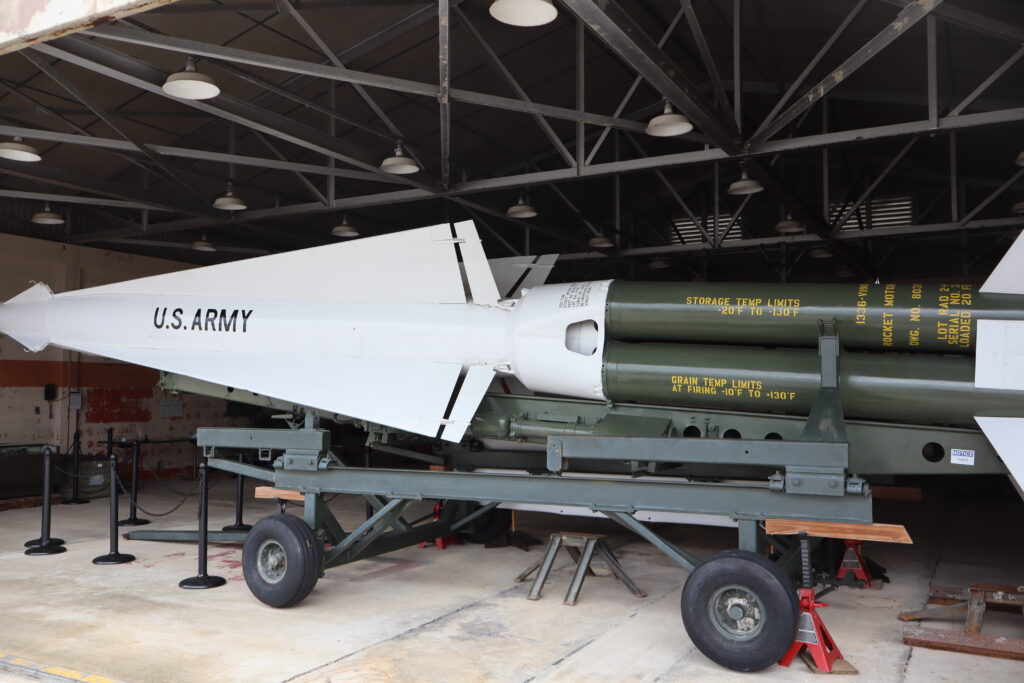
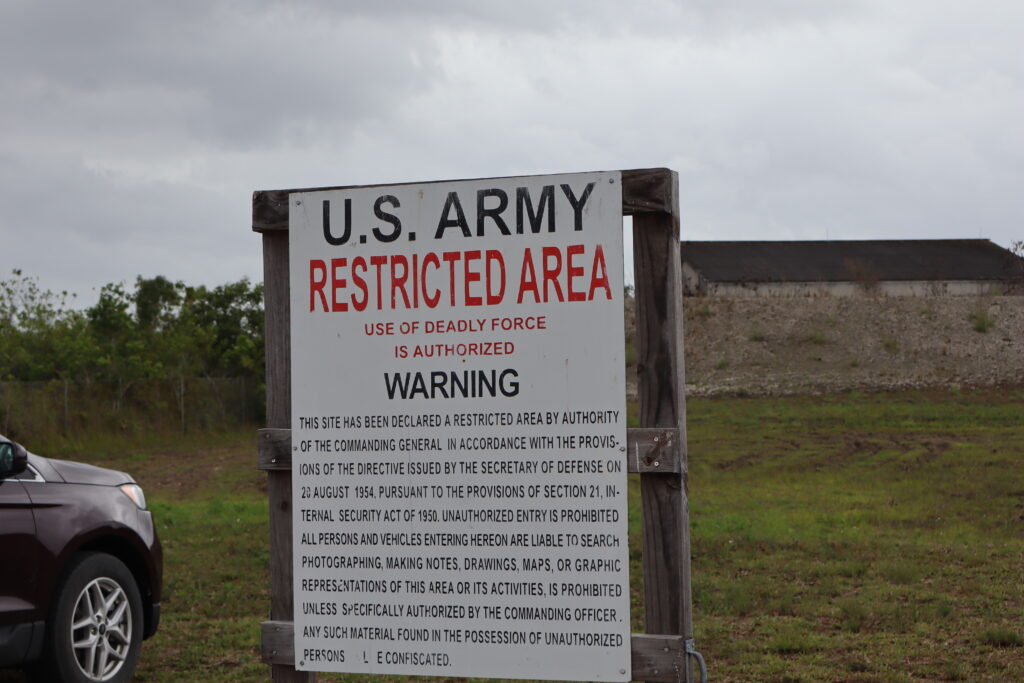
In response to the severity of the situation, the national park service authorized the construction of a permanent missile site within the Everglades. In 1965, Battery A moved into the new HM-69 site with an arsenal of these 41-foot missiles that they kept in a constant state of readiness. The site consisted of a base with buildings to house the 150 soldiers of Battery A as well as a launch facility where the missiles were stored and maintained in hangers. Some of the Nike missiles were fitted with 40-kiloton nuclear warheads, roughly three times more powerful than the Hiroshima bomb, capable of intercepting an entire fleet of bombers. Between 1965 and 1979, the soldiers at Battery A defended the nation 24/7 all while enduring the Everglade’s brutal heat, humidity, mosquitoes, and mud.
